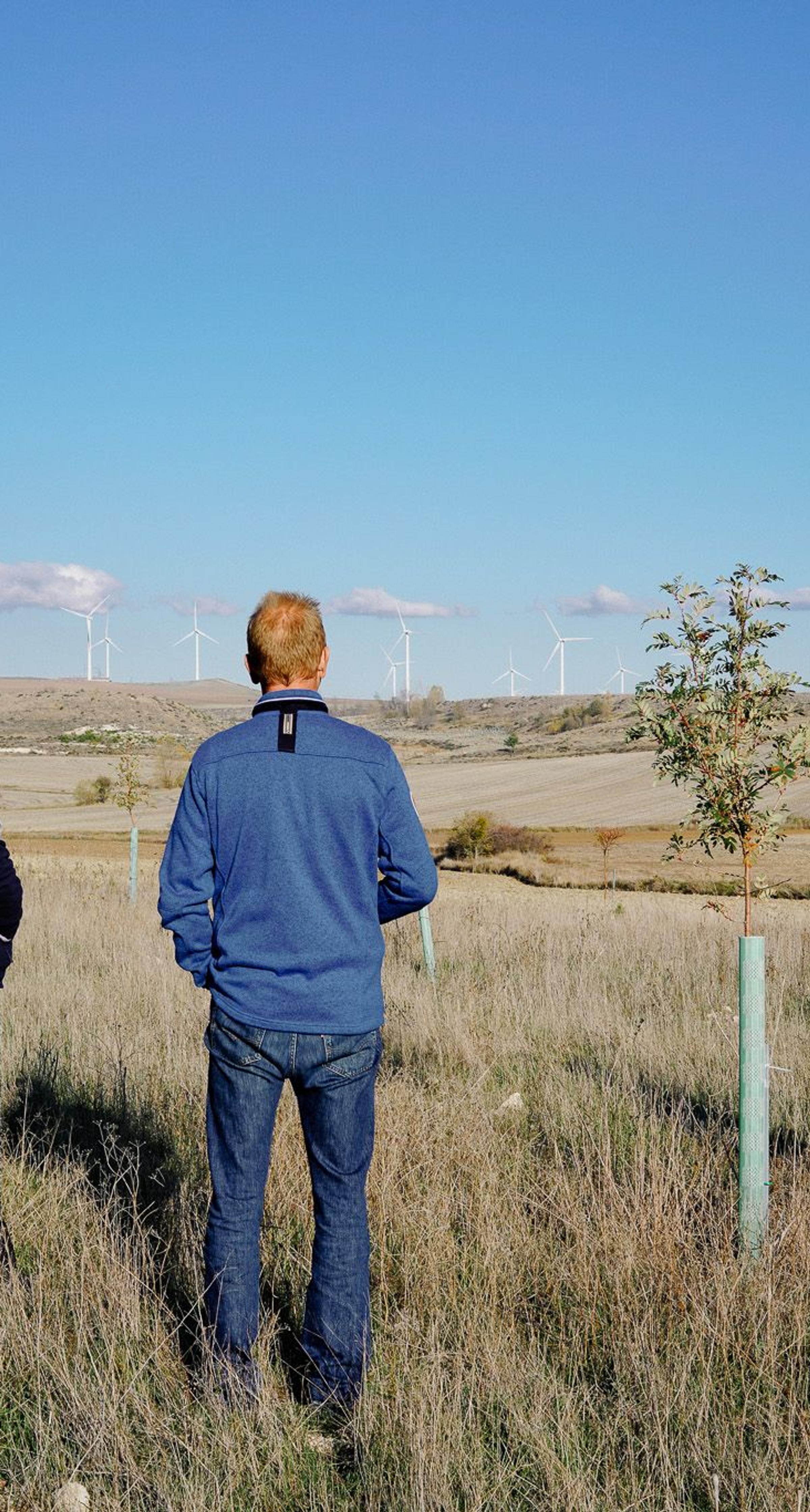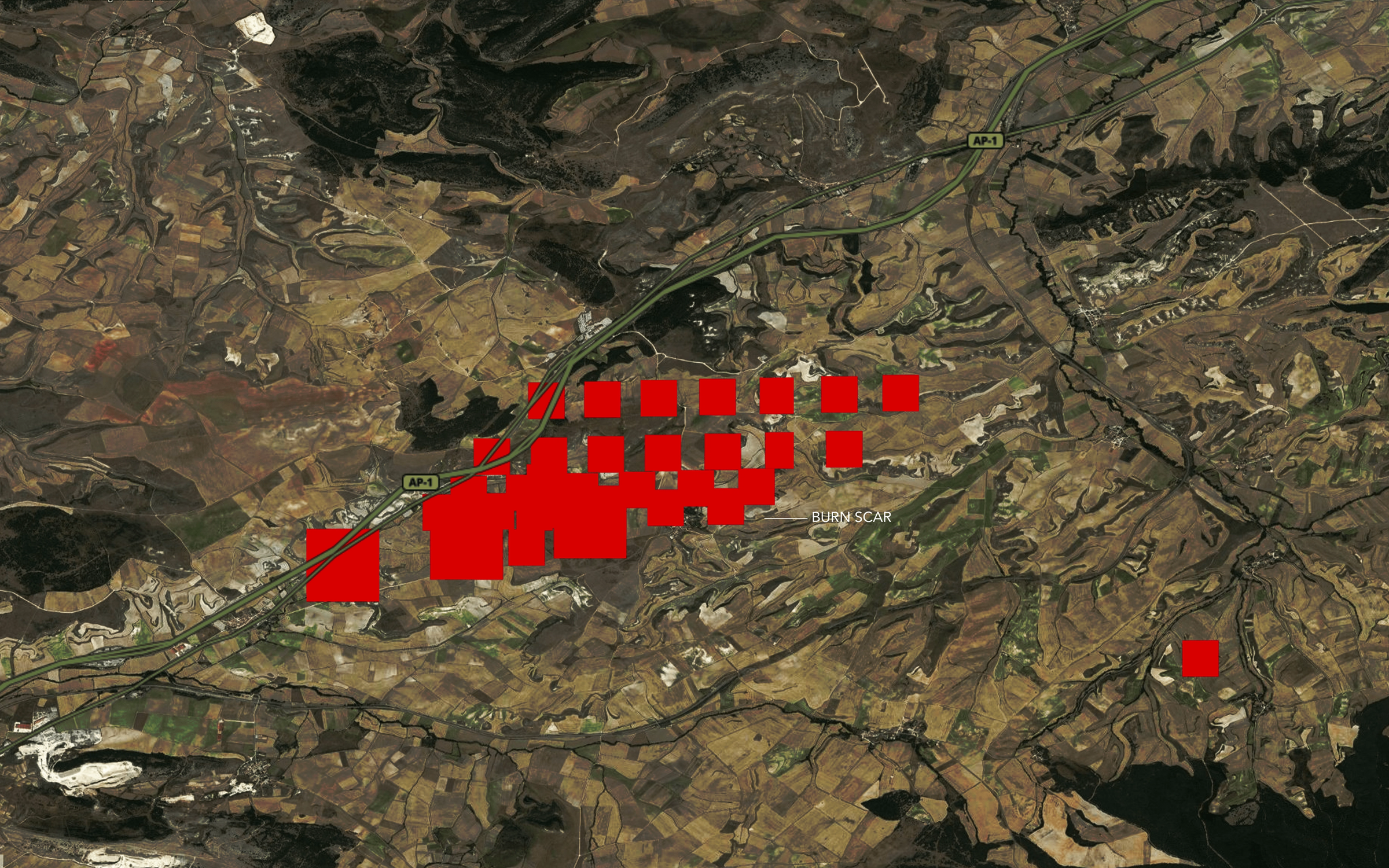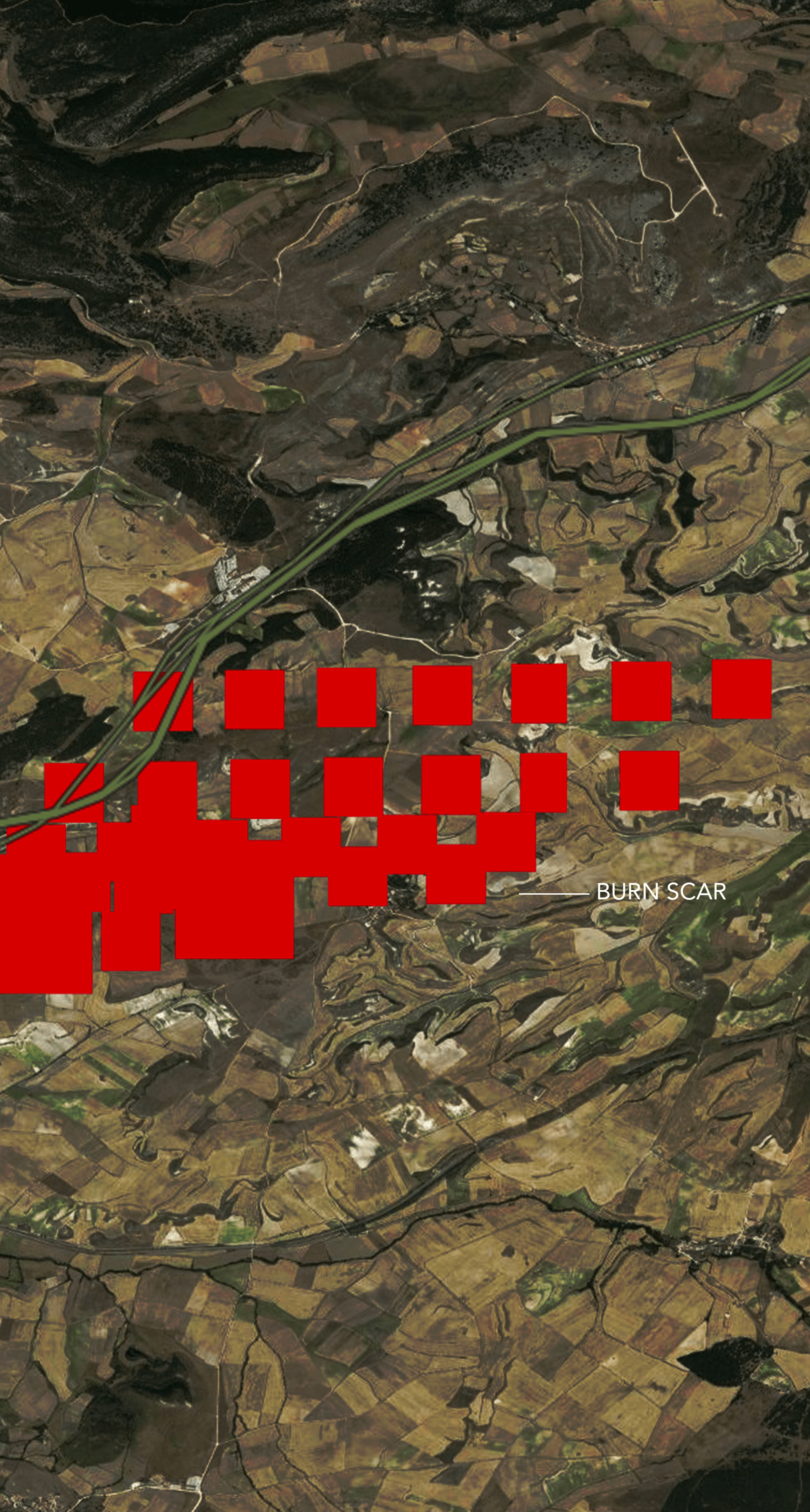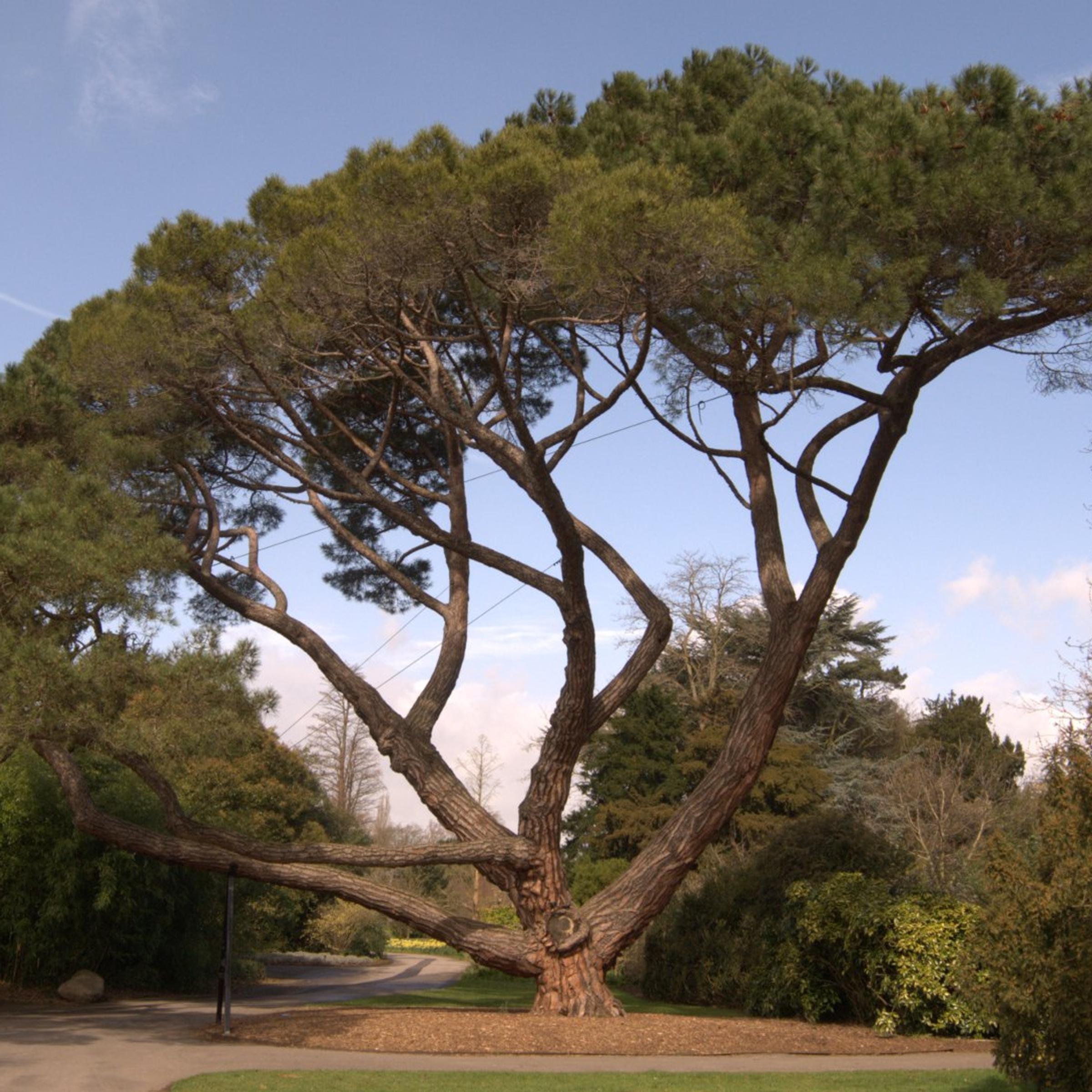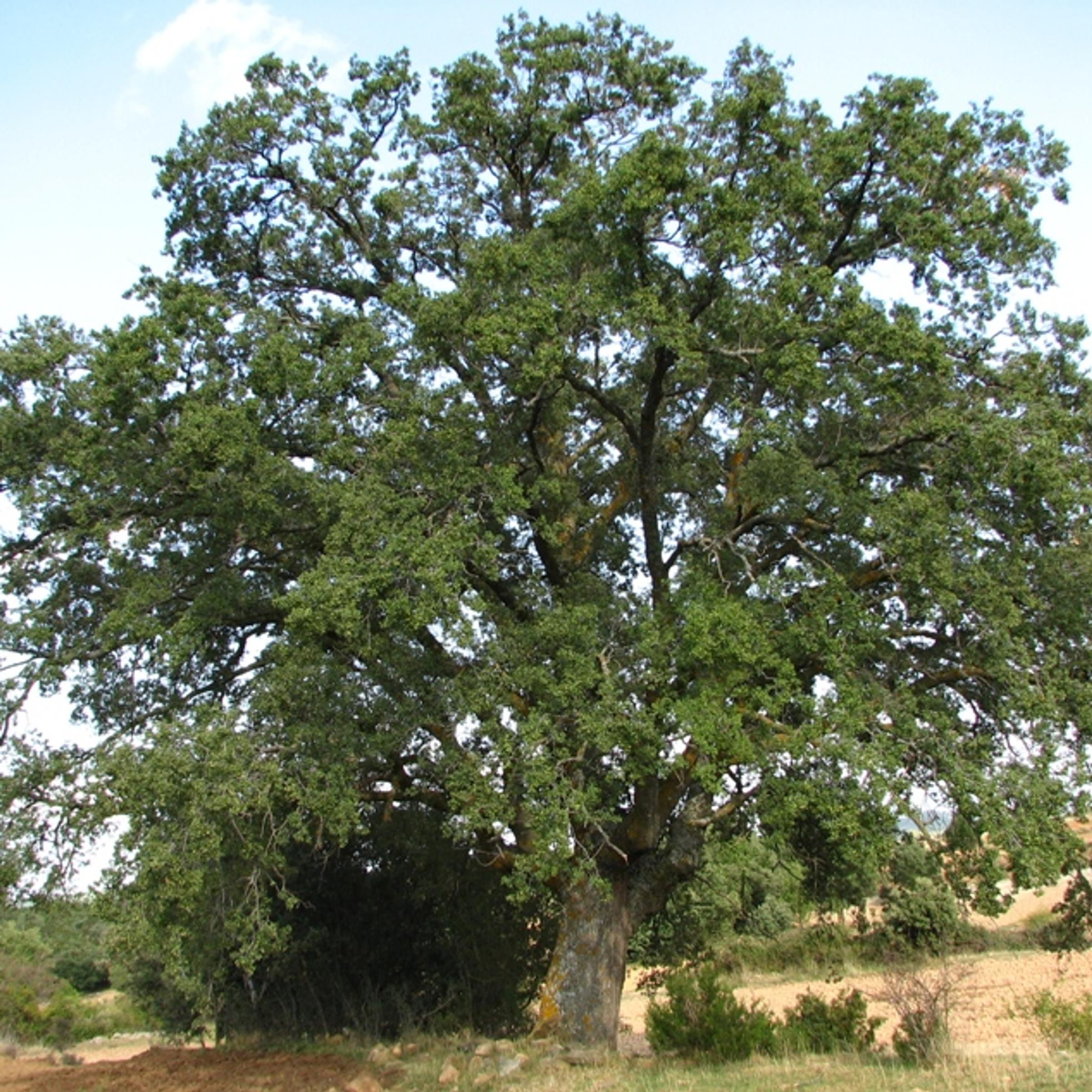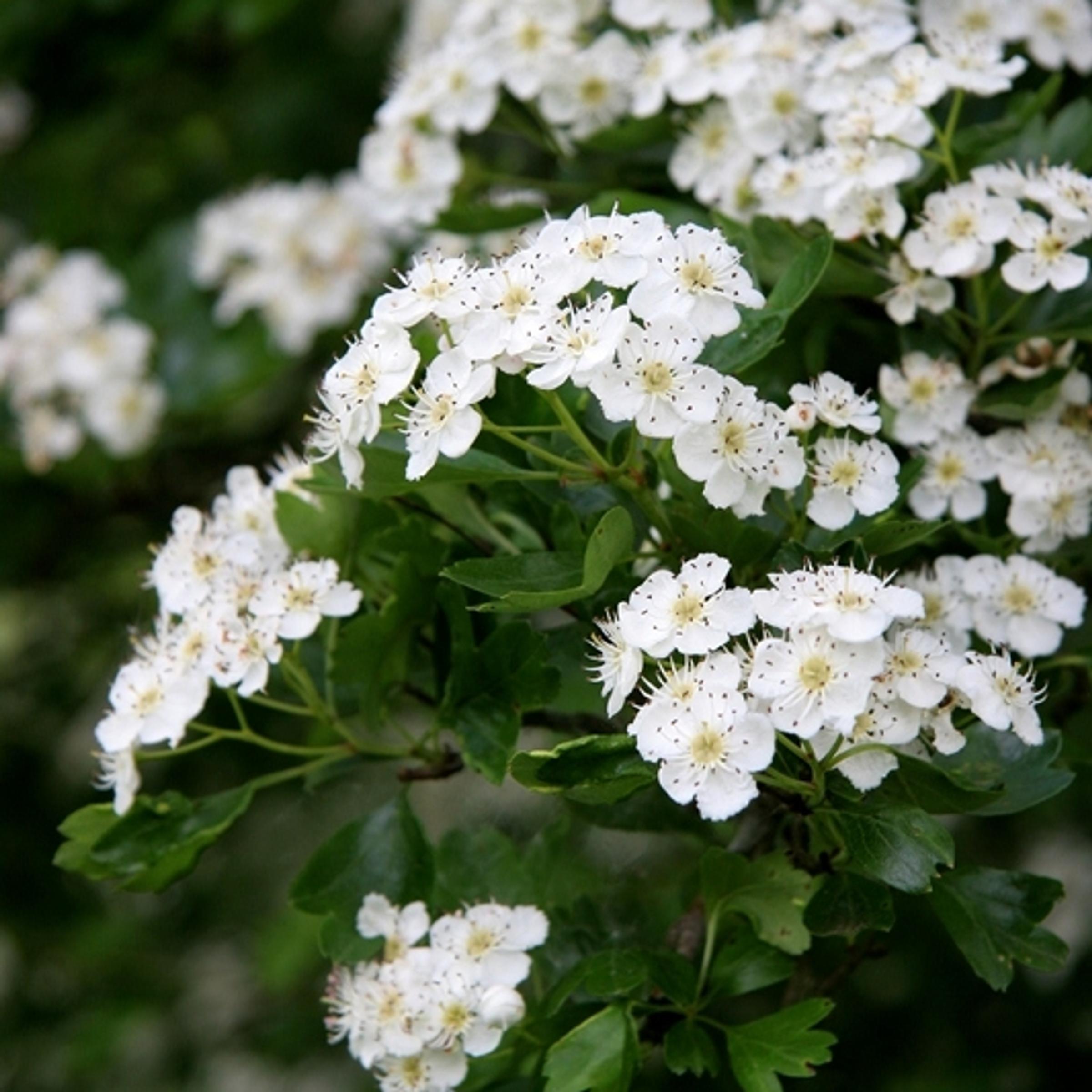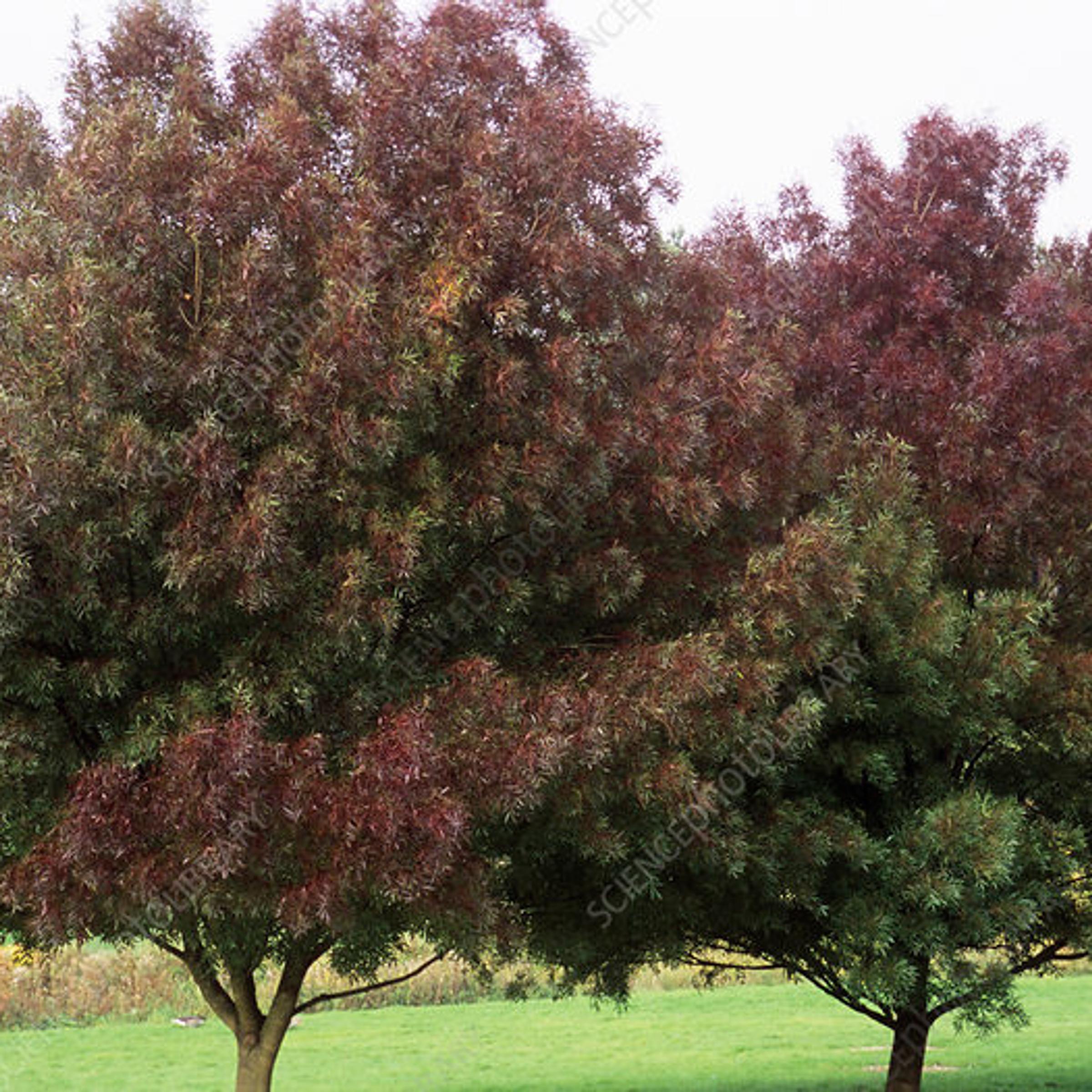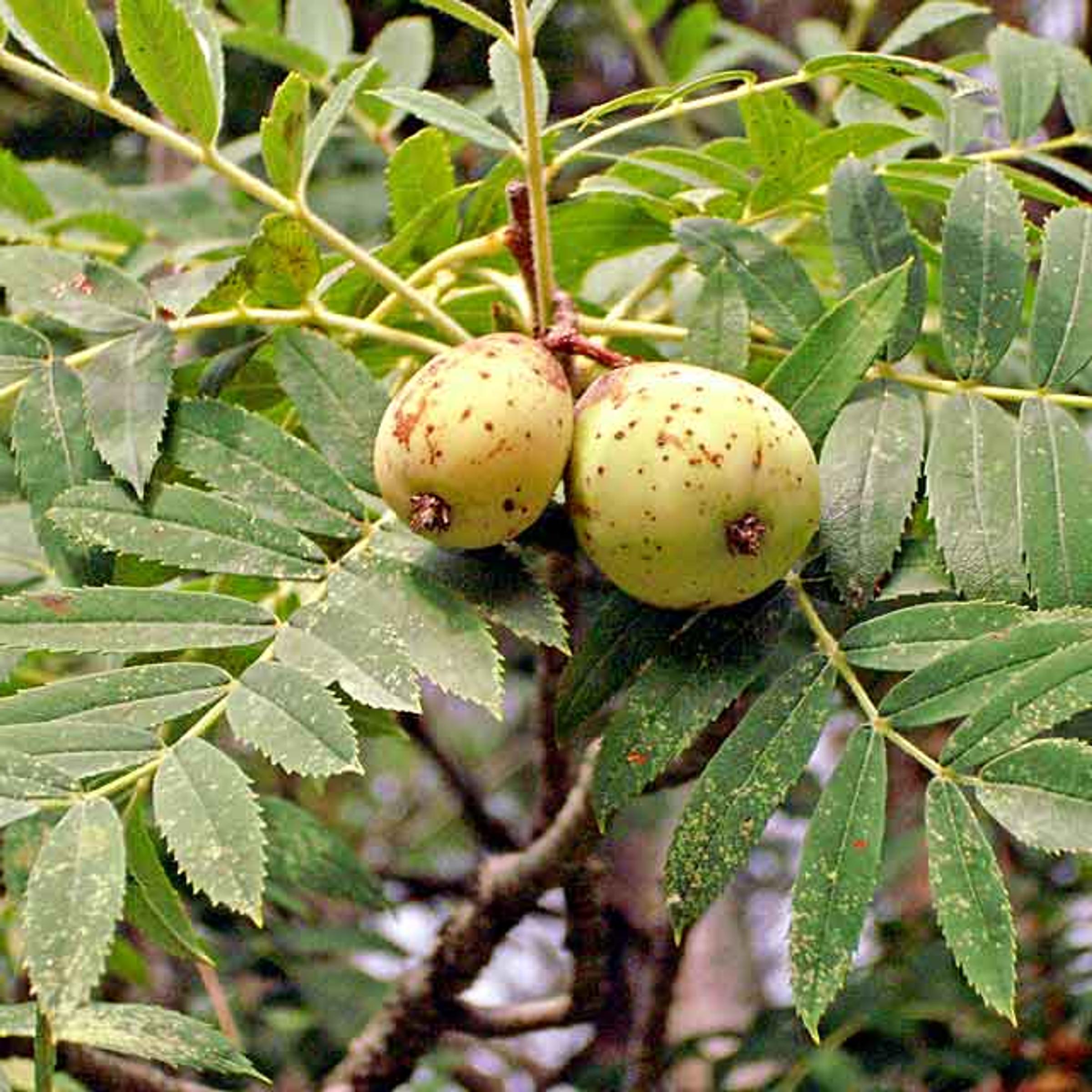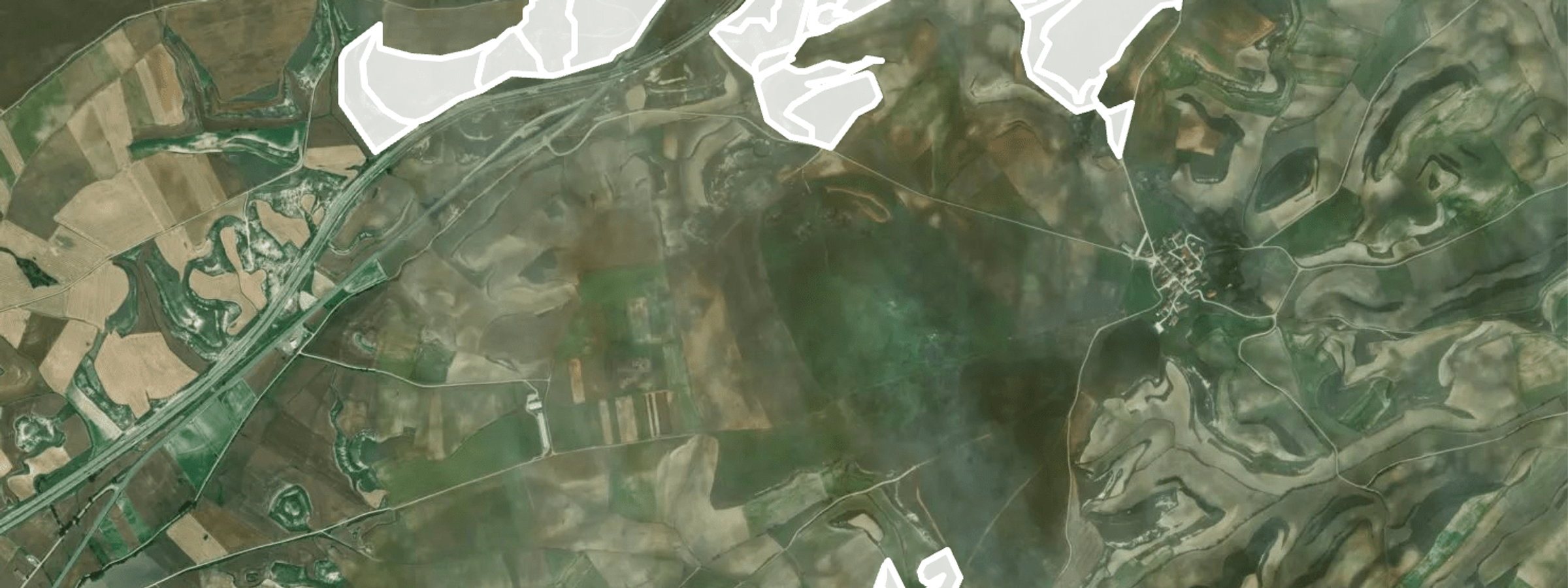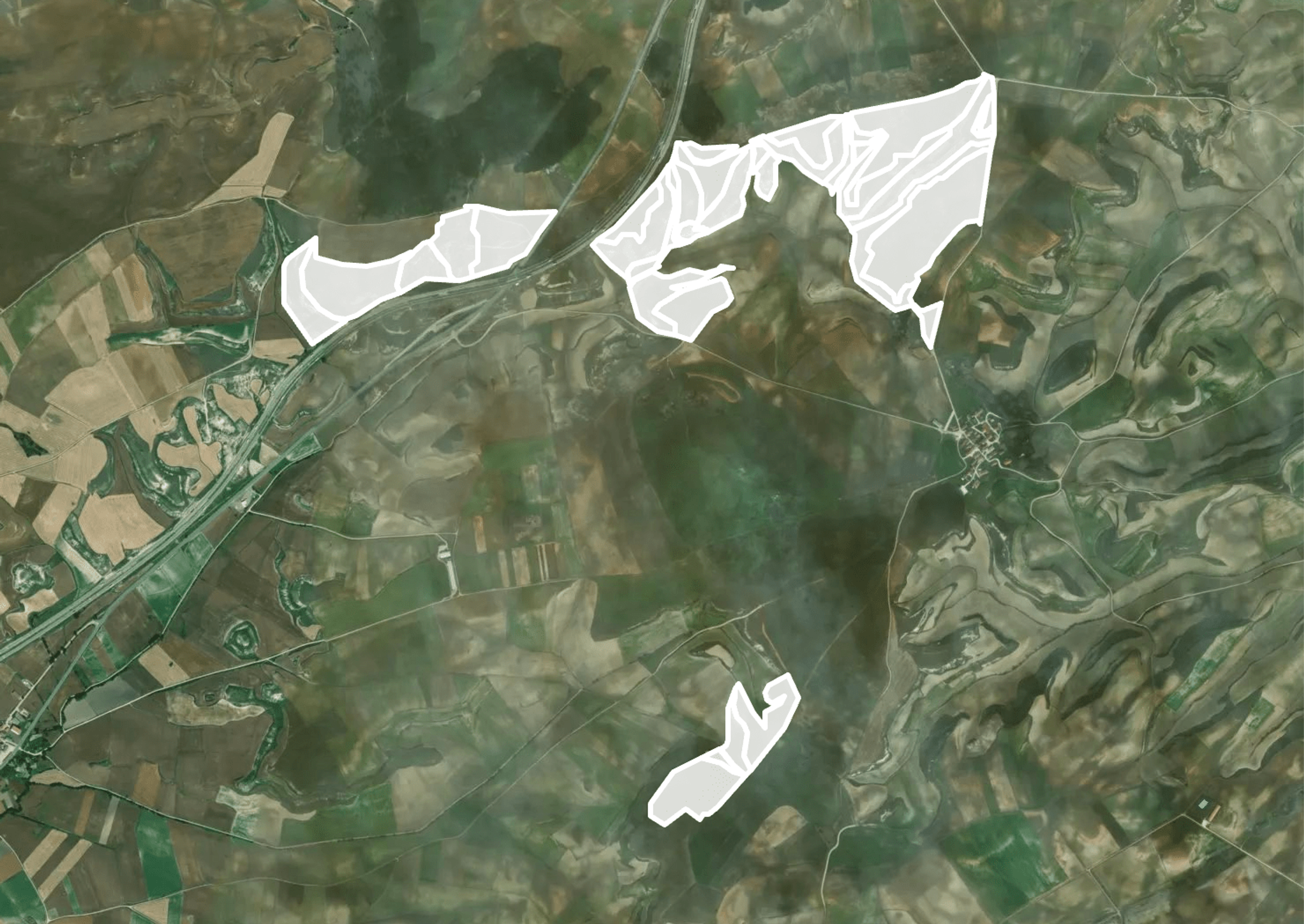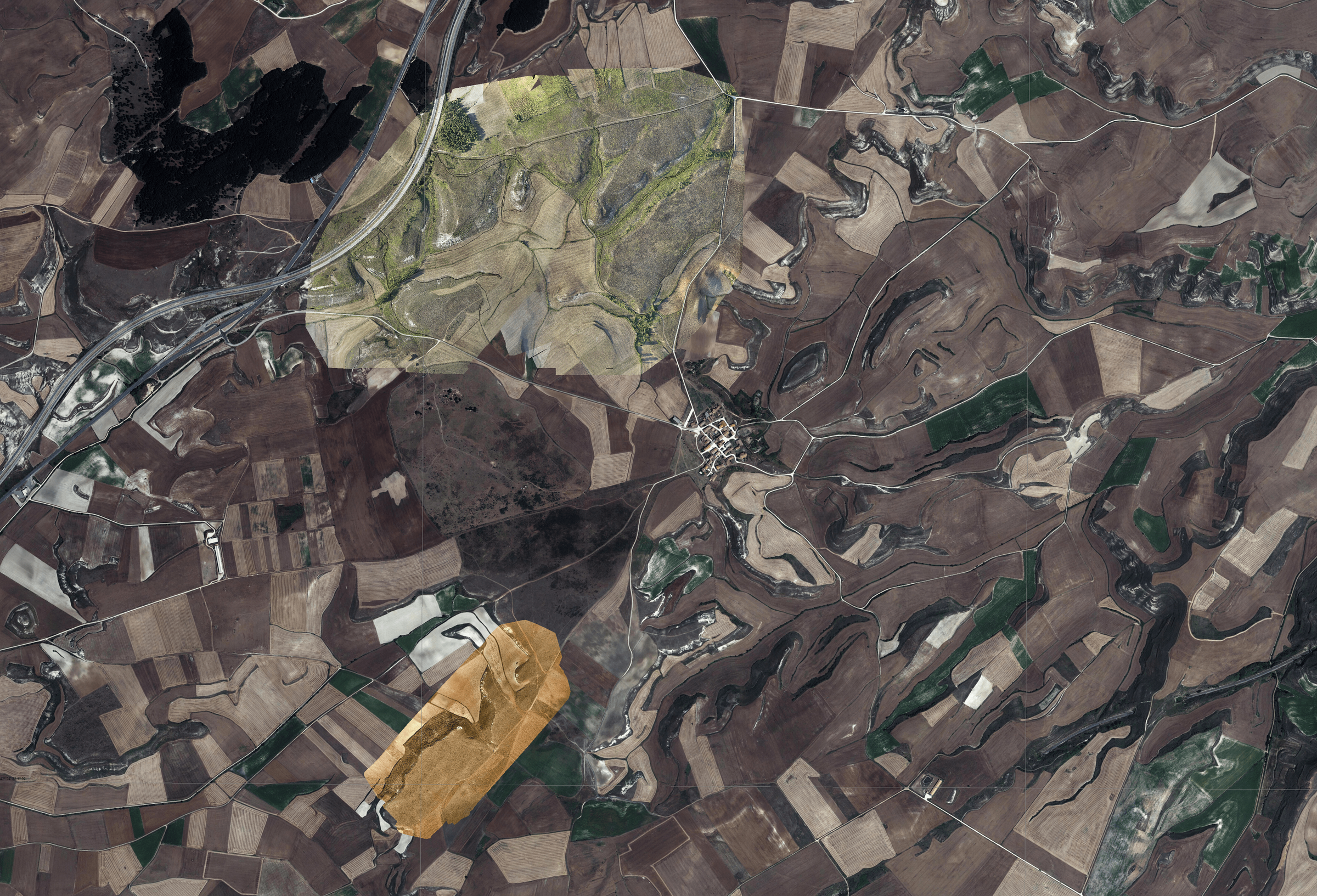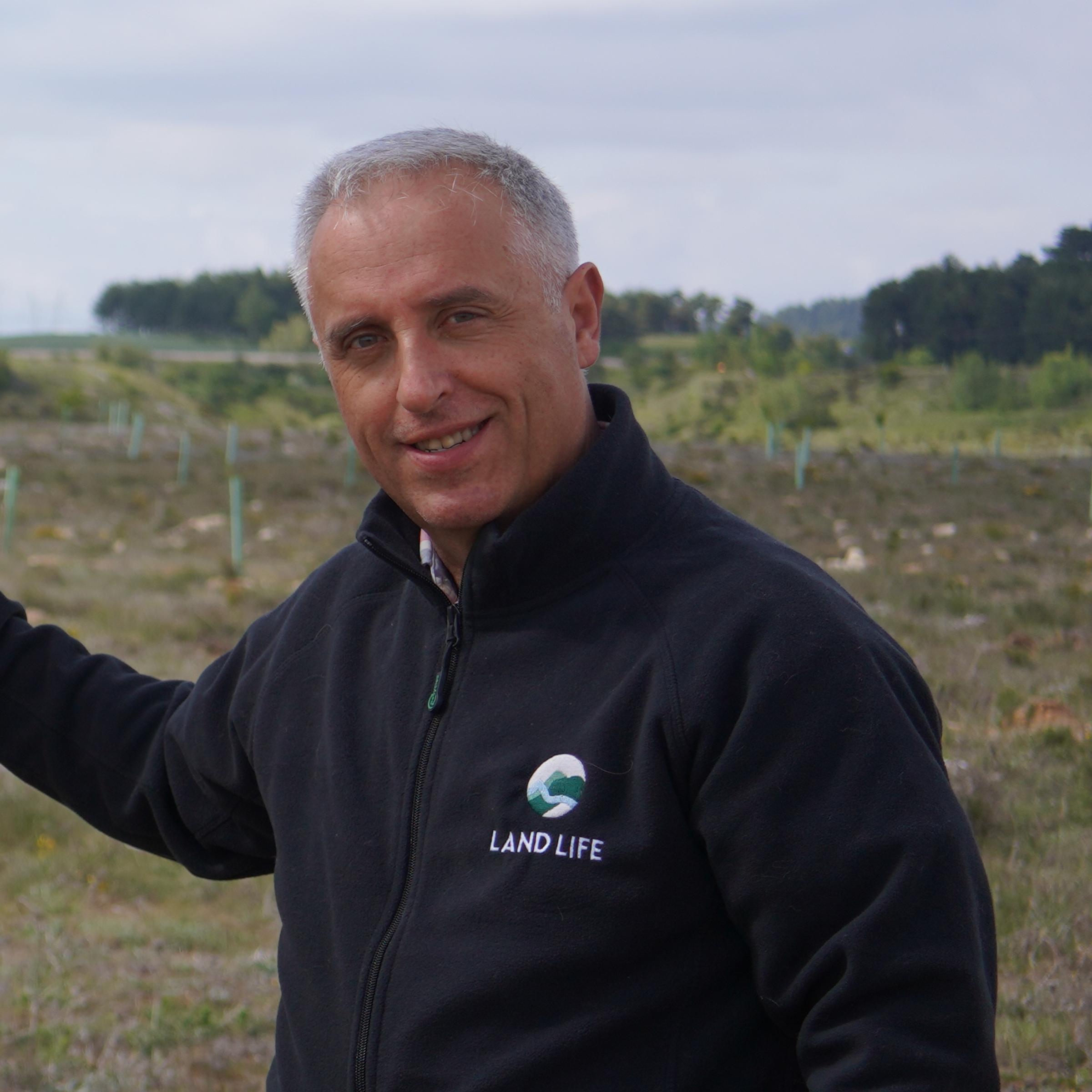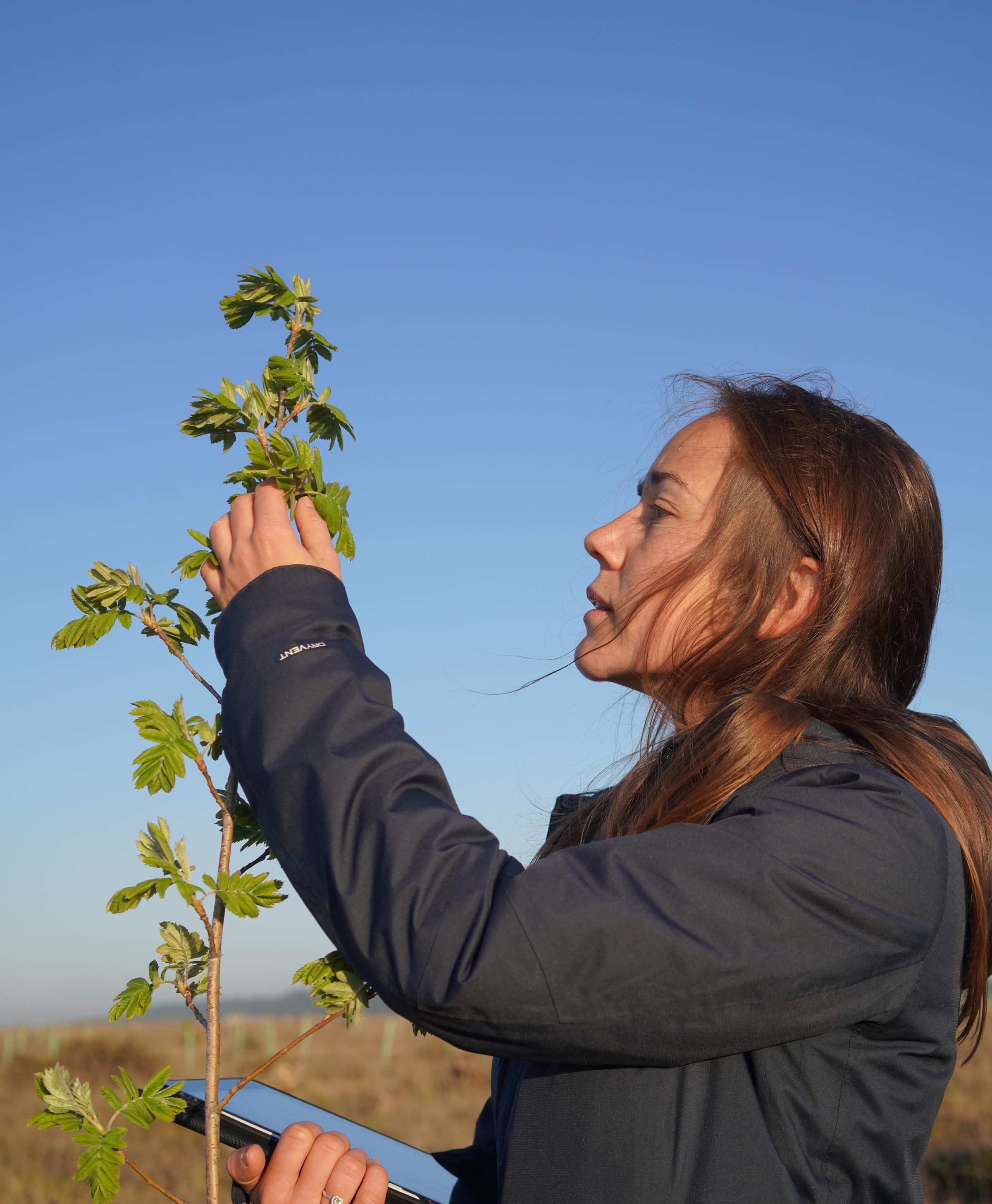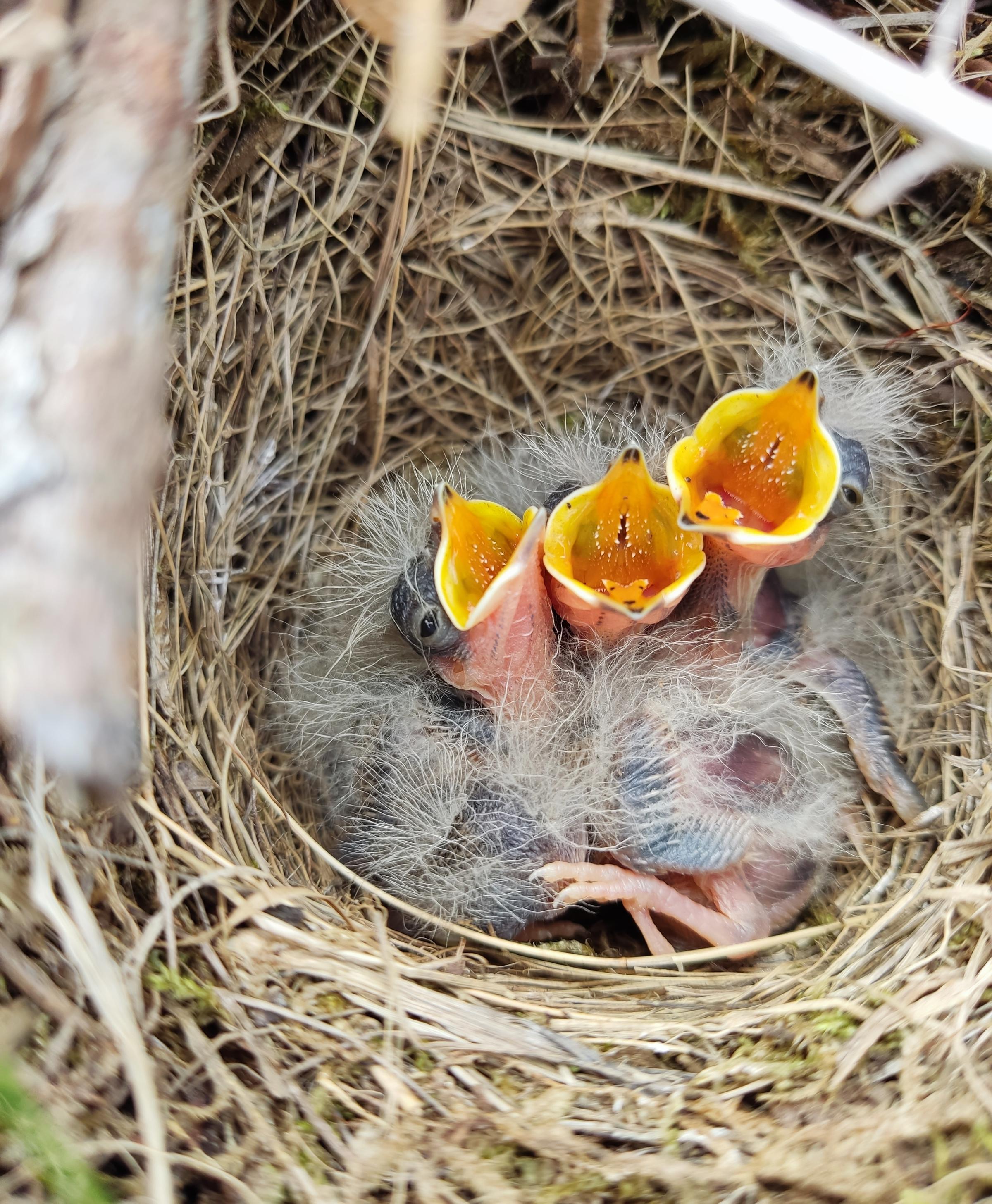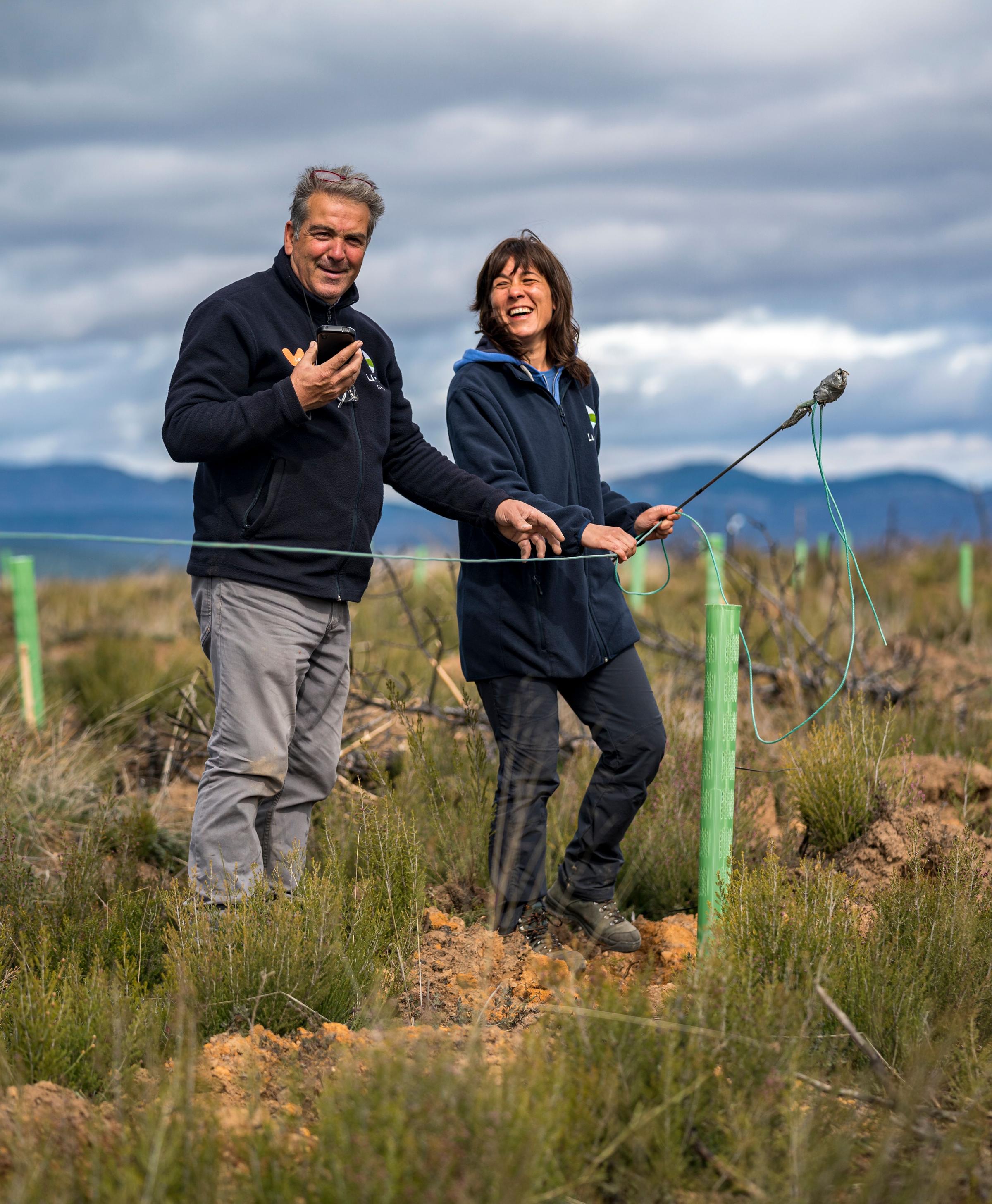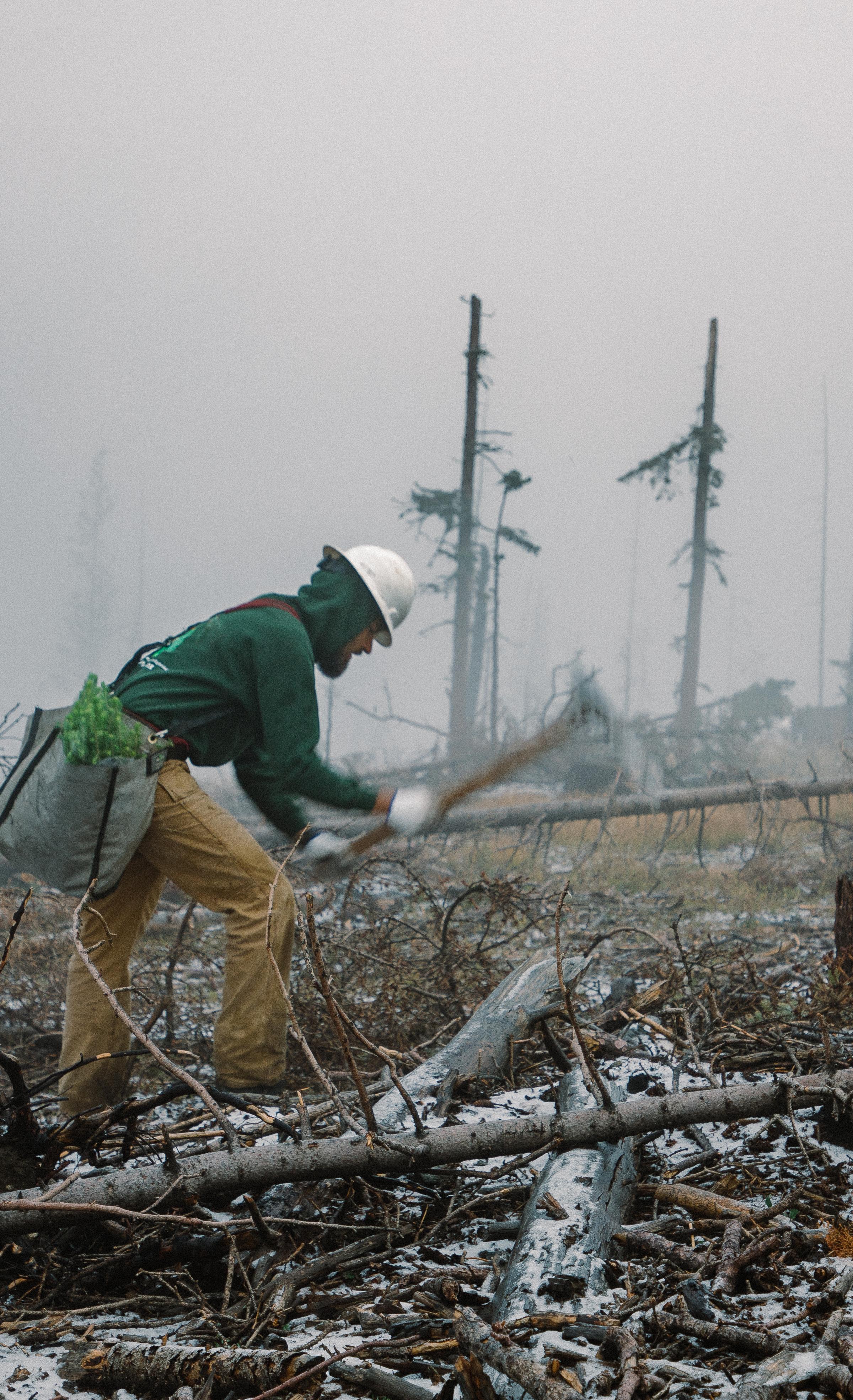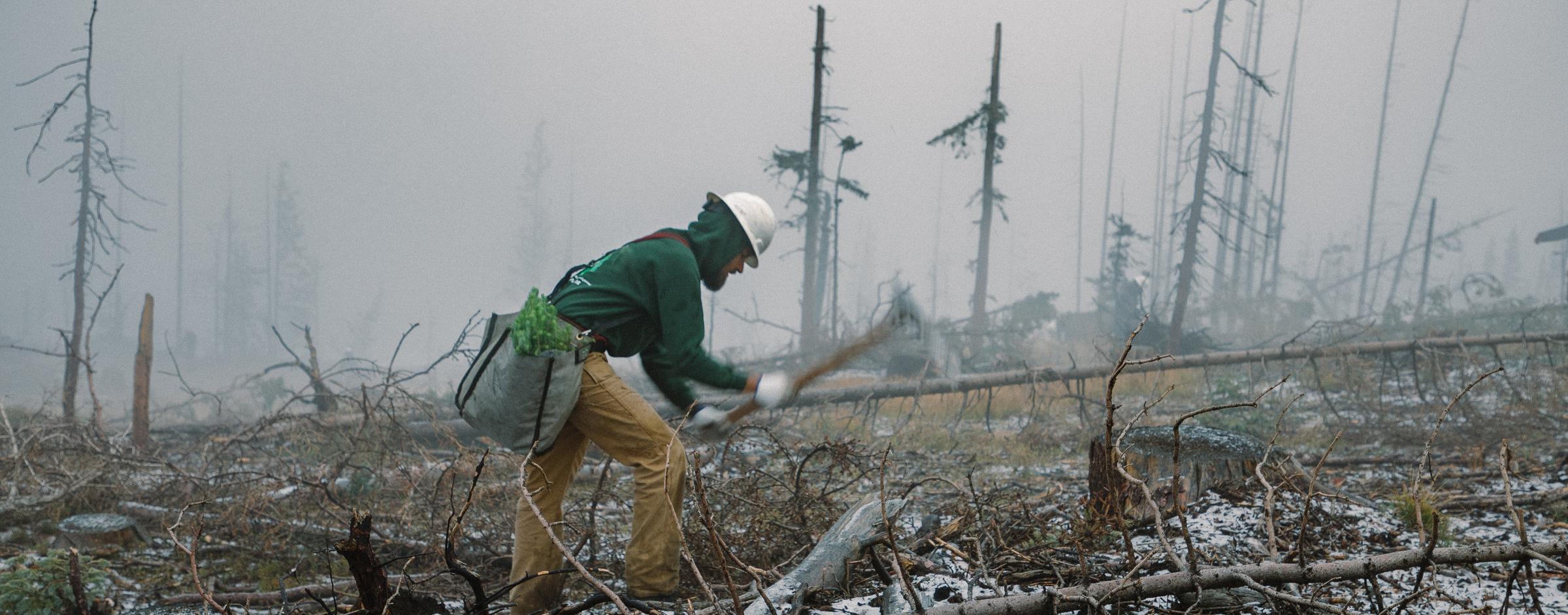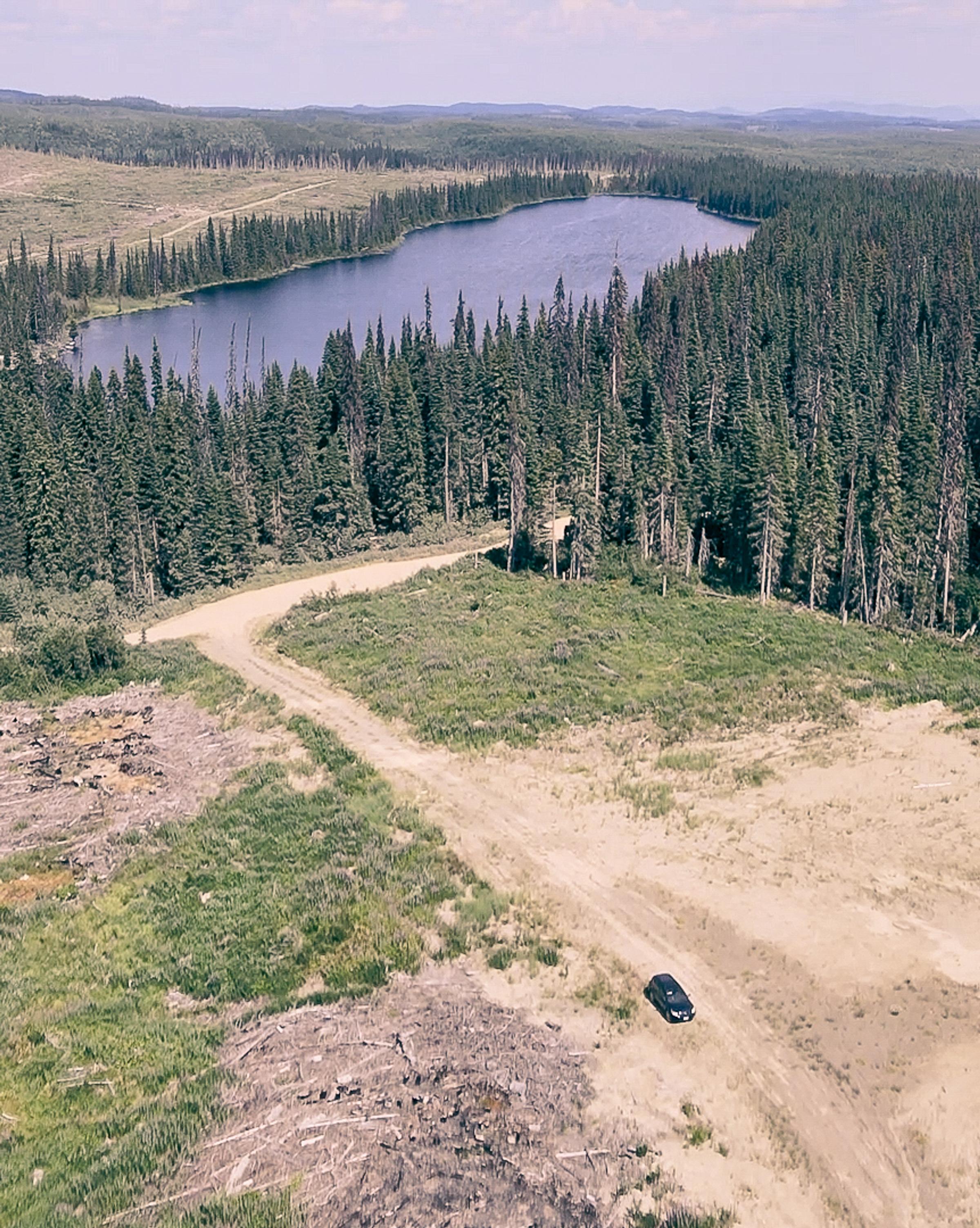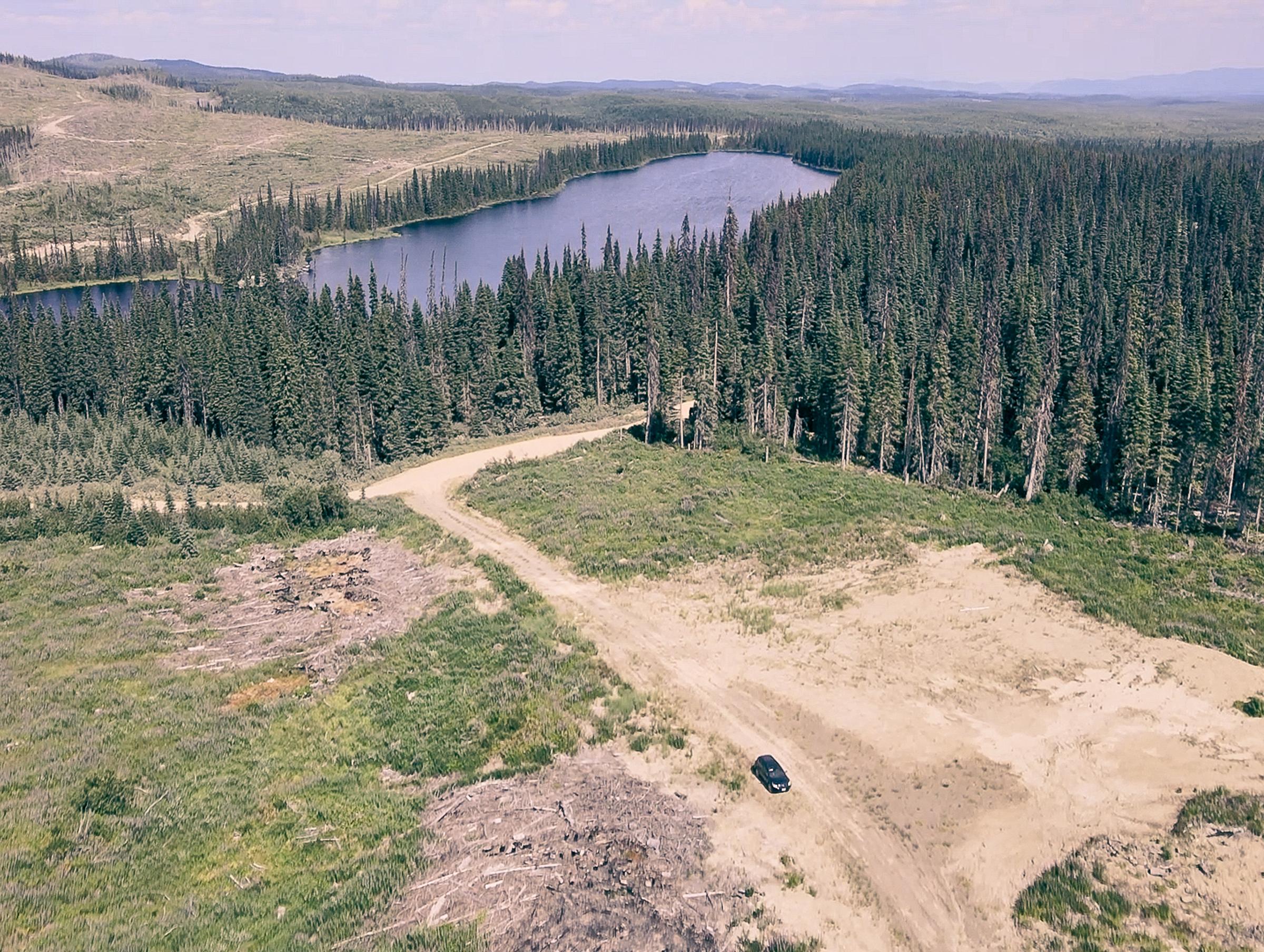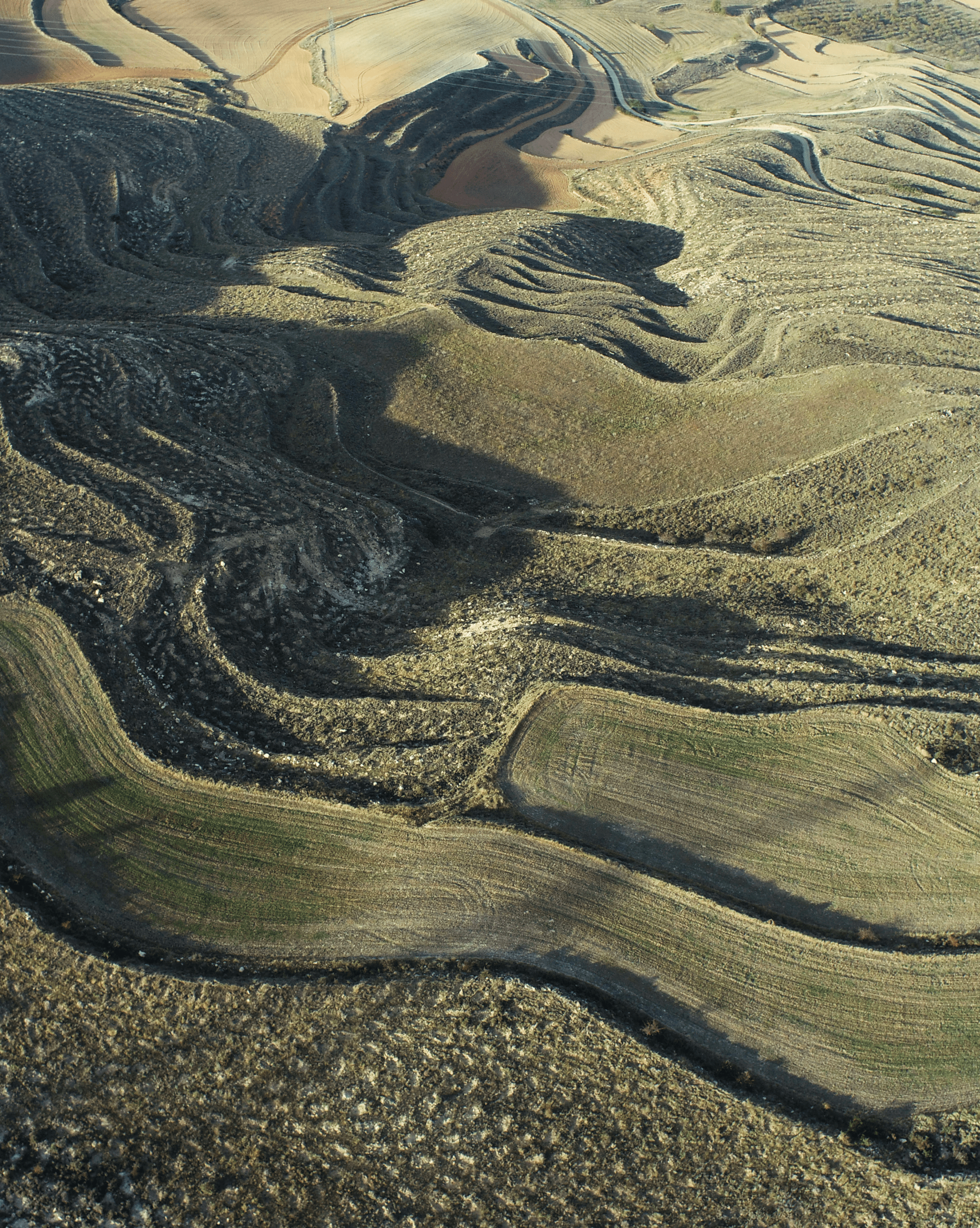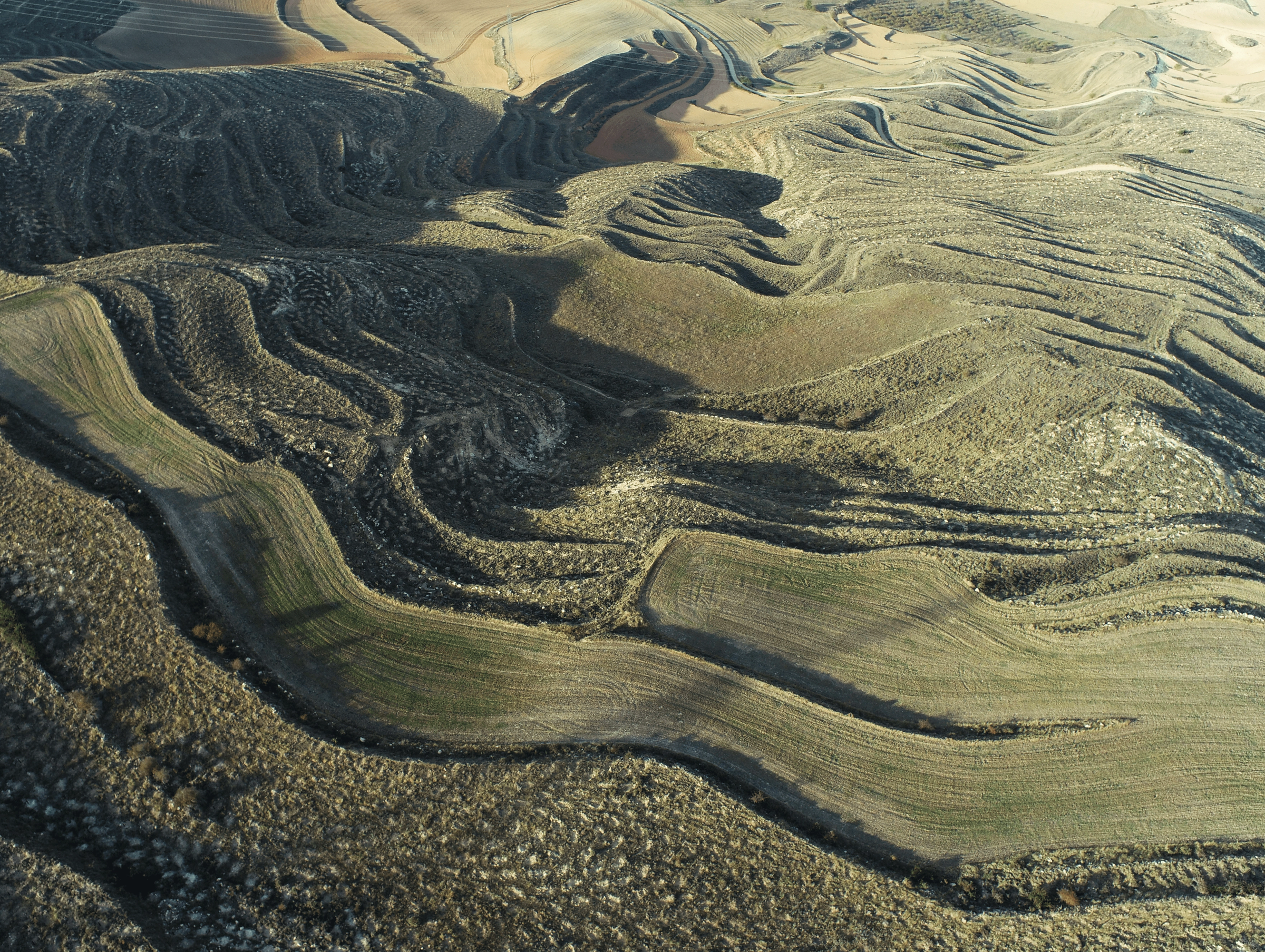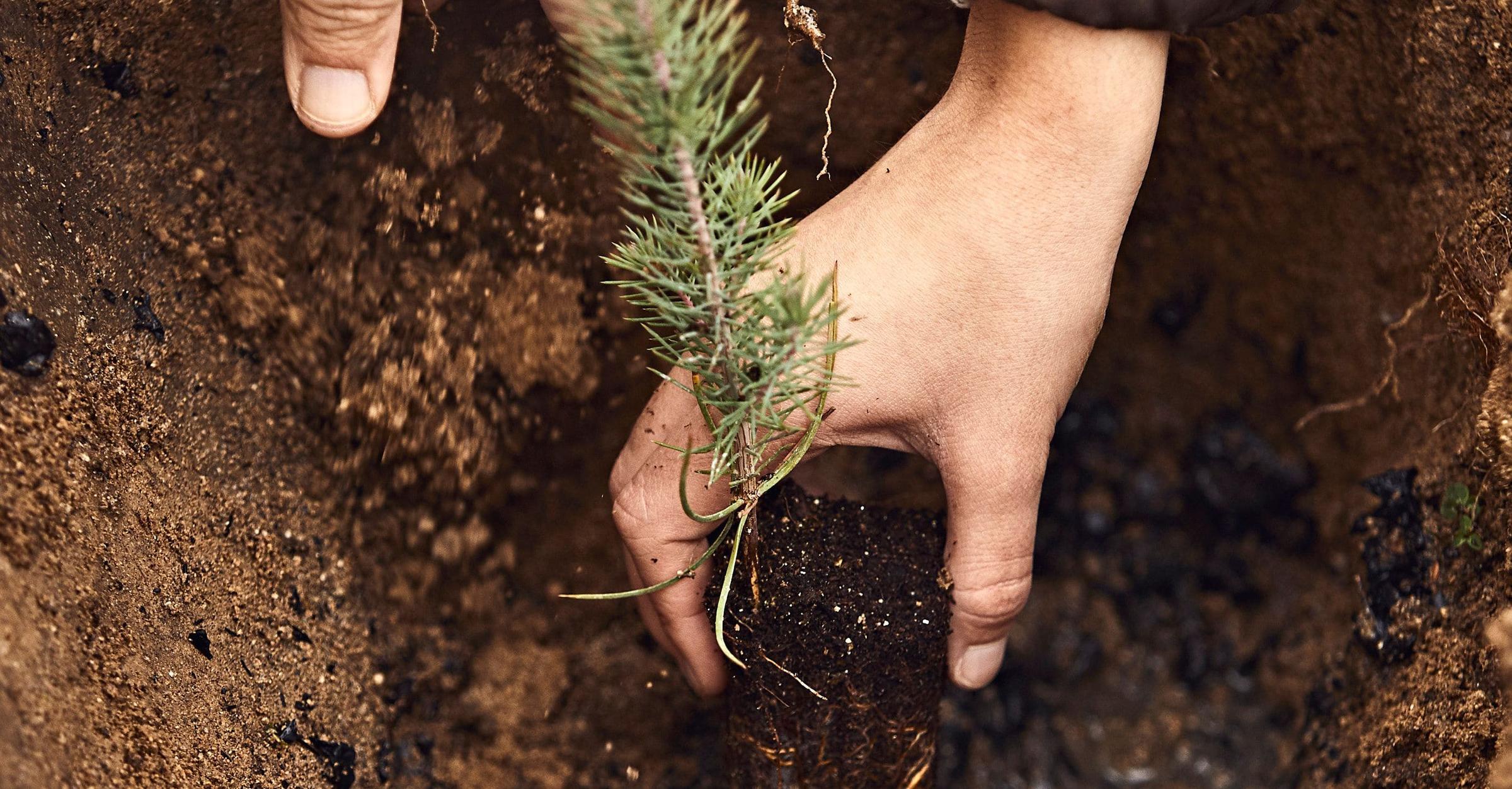Post-Wildfire Land Restoration in Spain
- Fresno de Rodilla and Quintanapalla
- CASTILLA Y LEÓN, SPAIN
- 2018
Understanding Nature Restoration After Wildfires
How Do Wildfires Cause Land Degradation?
Wildfires represent one of the most dramatic forms of land degradation. These large, destructive fires rapidly consume woodland and bushland, leading to significant biodiversity loss and land damage.
Land Life's expertise extends to restoring lands affected by wildfires and other causes of degradation, such as pests and diseases, or areas suffering from rural abandonment, each presenting unique challenges and restoration approaches.
Global weather pattern shifts have resulted in longer dry seasons and higher temperatures, extending wildfires' reach and severity to previously unaffected regions.
Land Life’s Approach to Post-Wildfire Restoration
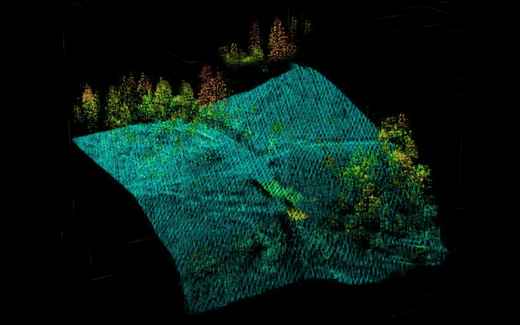
Land Life has developed tailored strategies to rehabilitate land devastated by wildfires. Our approach combines scientific understanding with practical experience, focusing on rebuilding resilient ecosystems that can withstand future fire events.
Land Life Project: Fresno de Rodilla, Spain
The fire that devastated Fresno de Rodilla happened back in August 2012. The fire burned more than 200 hectares. Land Life started working to restore this region in 2018, including the neighboring town of Quintanapalla. Image source: NASA.
Project highlight
Reviving Fresno de Rodilla: Land Life's Sustainable Approach After the Wildfire
As a consequence of a devastating fire in August 2012, we carried out a reforestation project in Fresno and Quintanapalla in partnership with the local town councils. After a few years of waiting, there was no natural regeneration, Land Life decided to bet on innovation and new technology to undertake reforestation in Fresno, as well as in the neighboring town of Quintanapalla. The goal: to restore soil quality and bring the area back to life. Despite strong winds in the project area, our 97,000 tree plantation, which also uses Cocoon, has an overall health score of 75%. Land Life's approach is to halt soil degradation in Fresno and Quintanapalla and return the area to the native forest that once prevailed before the fire while creating an environment that promotes biodiversity.
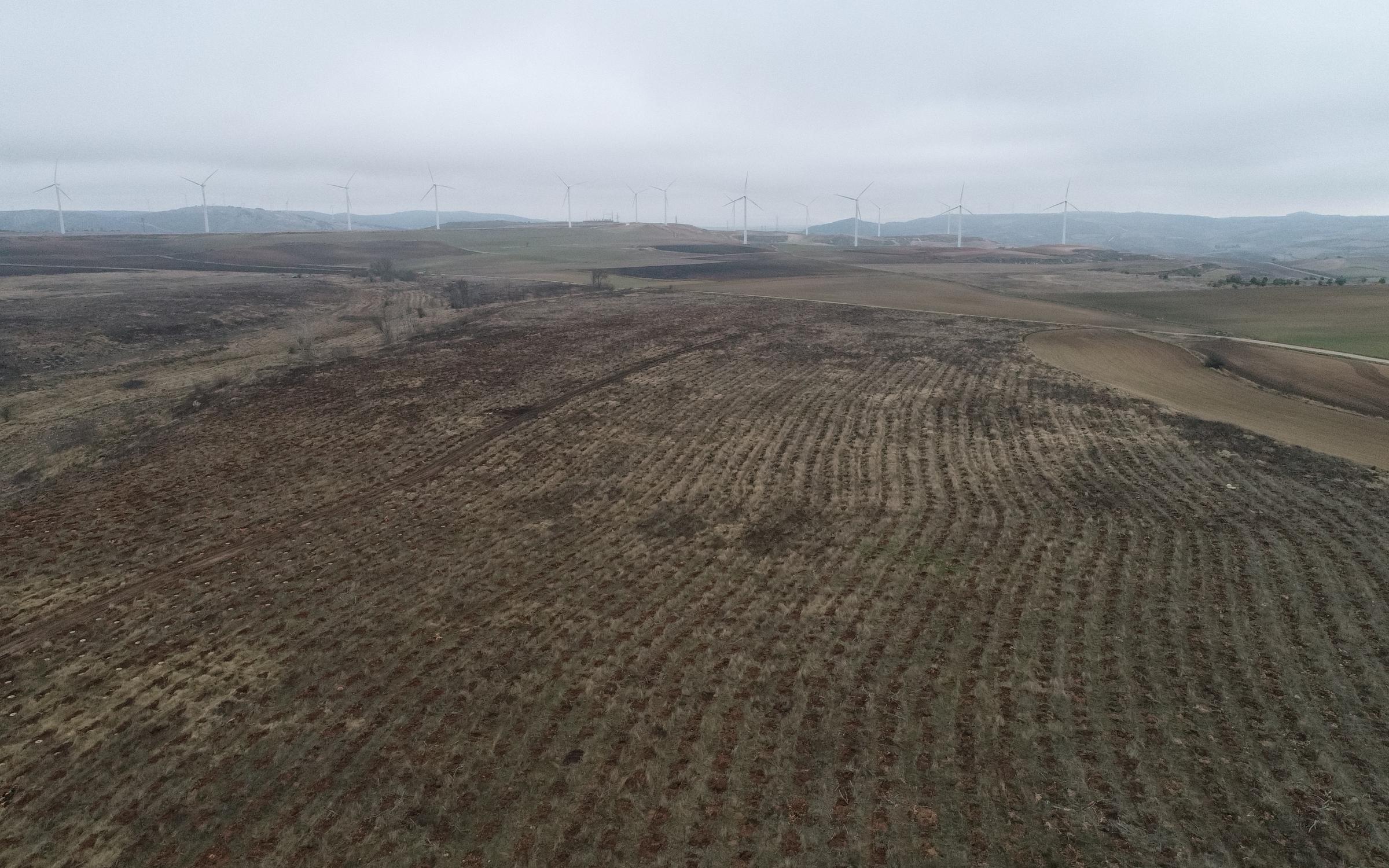
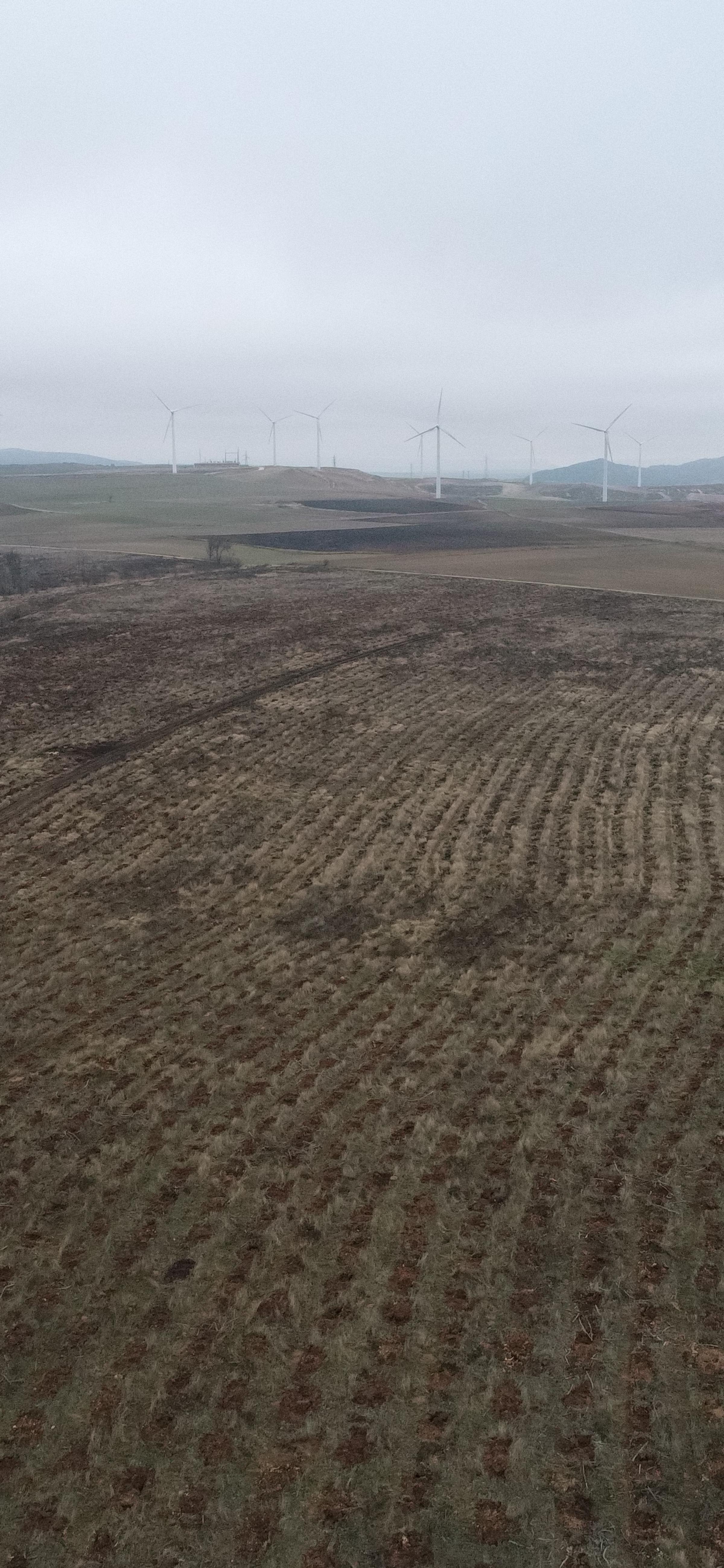
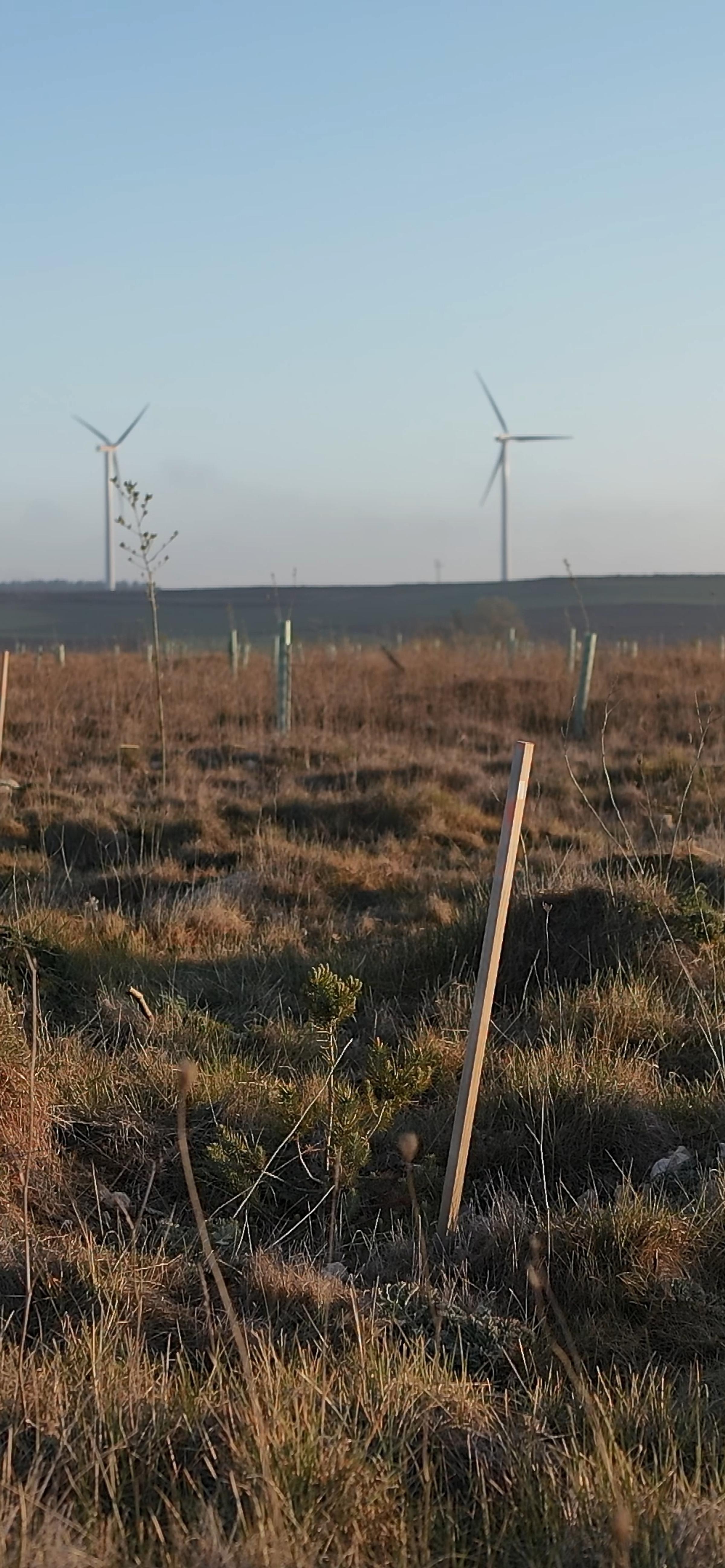
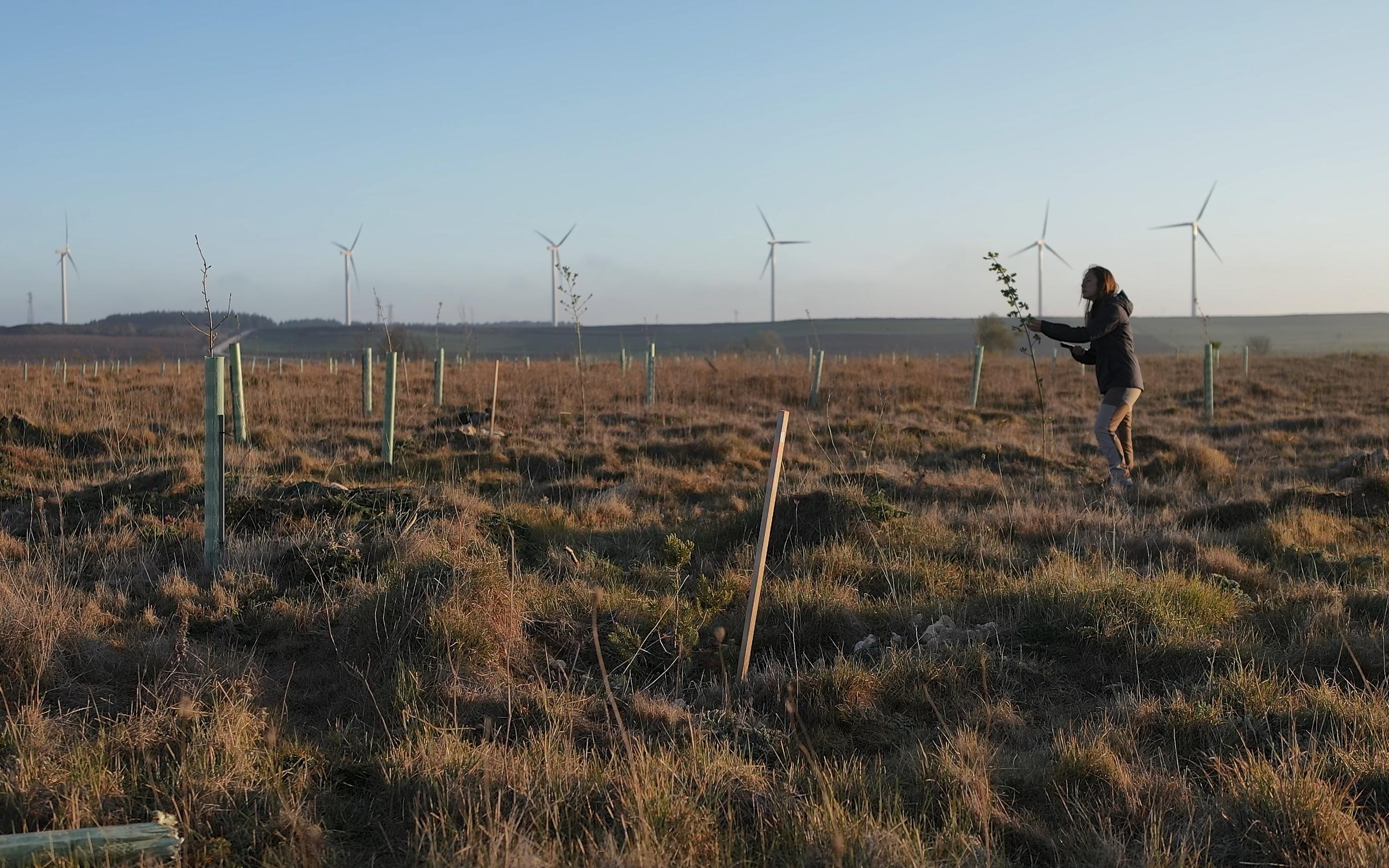
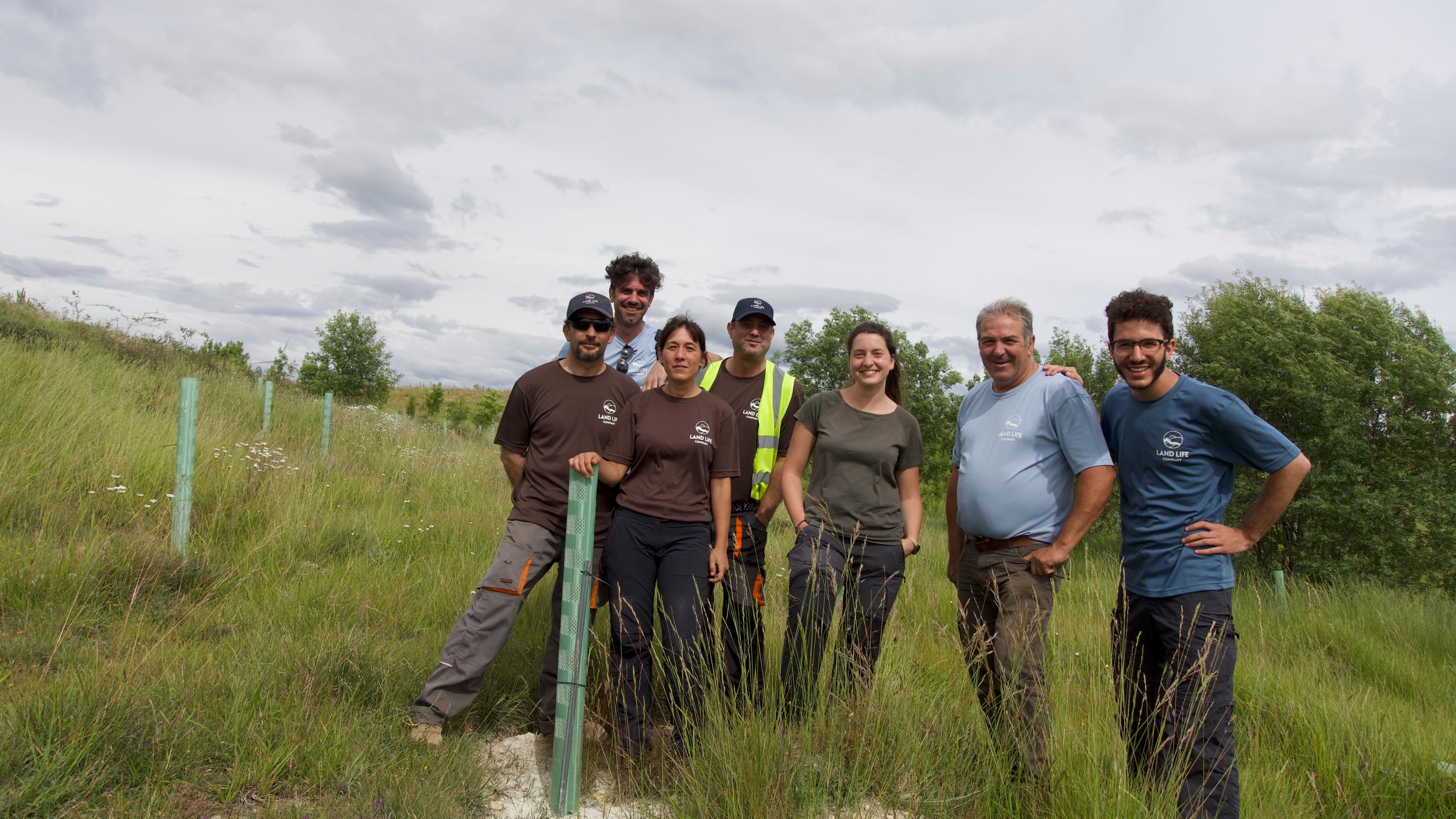
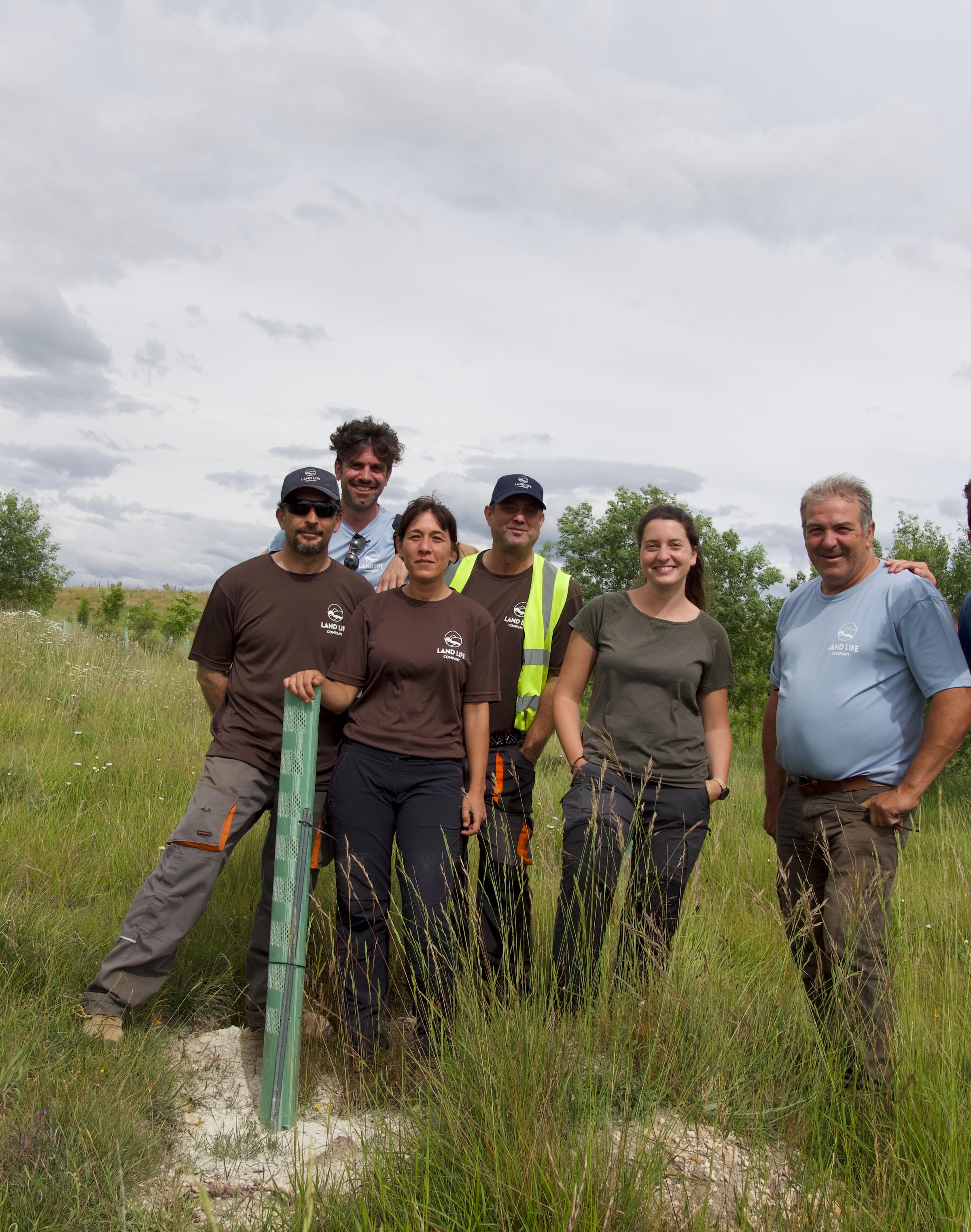
Meet the Site — Fresno de Rodilla
Video
Benefits Beyond Carbon
Who did we work with?
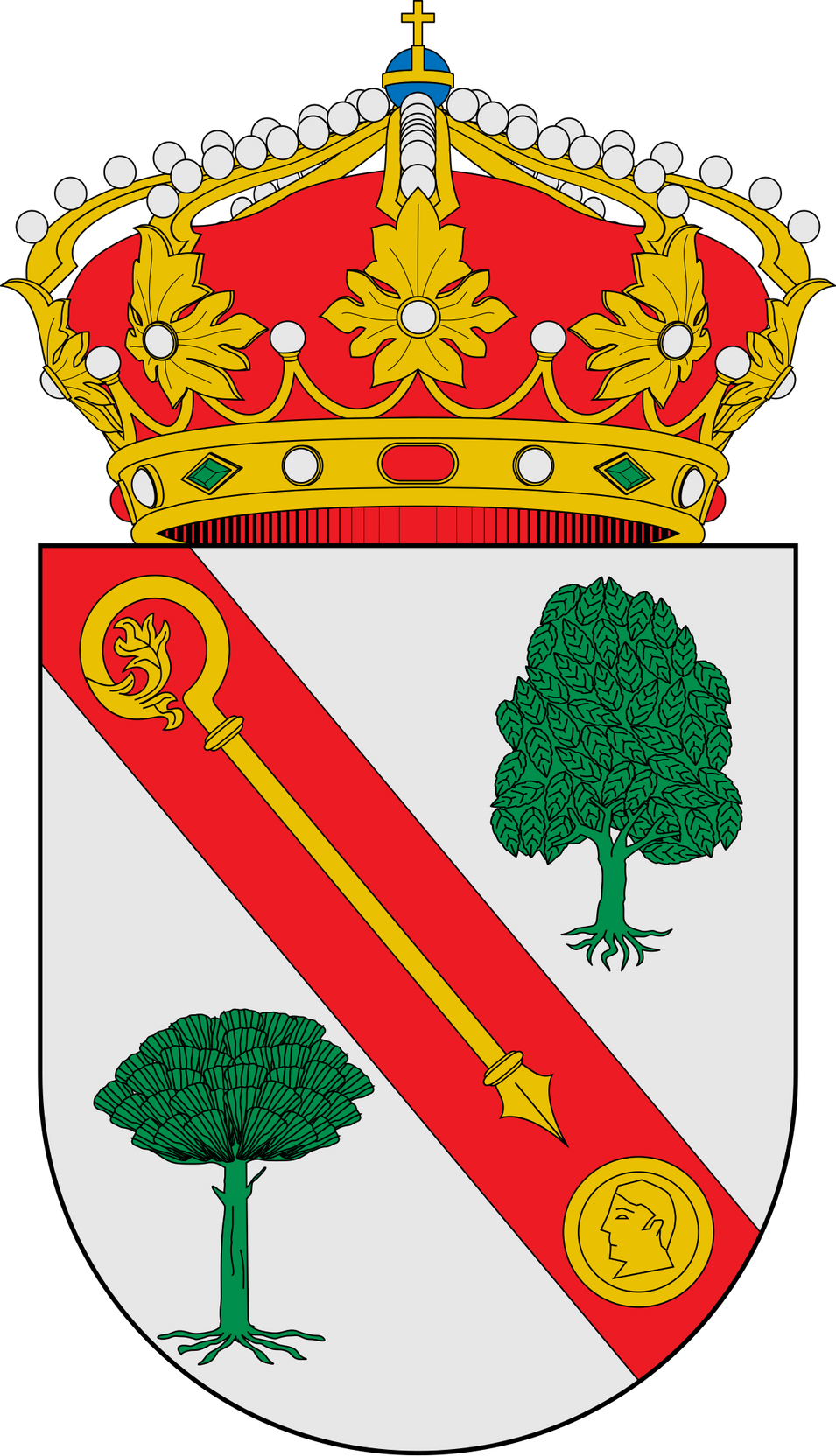
City Council — Land Life partnered up with the Fresno de Rodilla City Council on this project
Fresno de Rodilla City Council
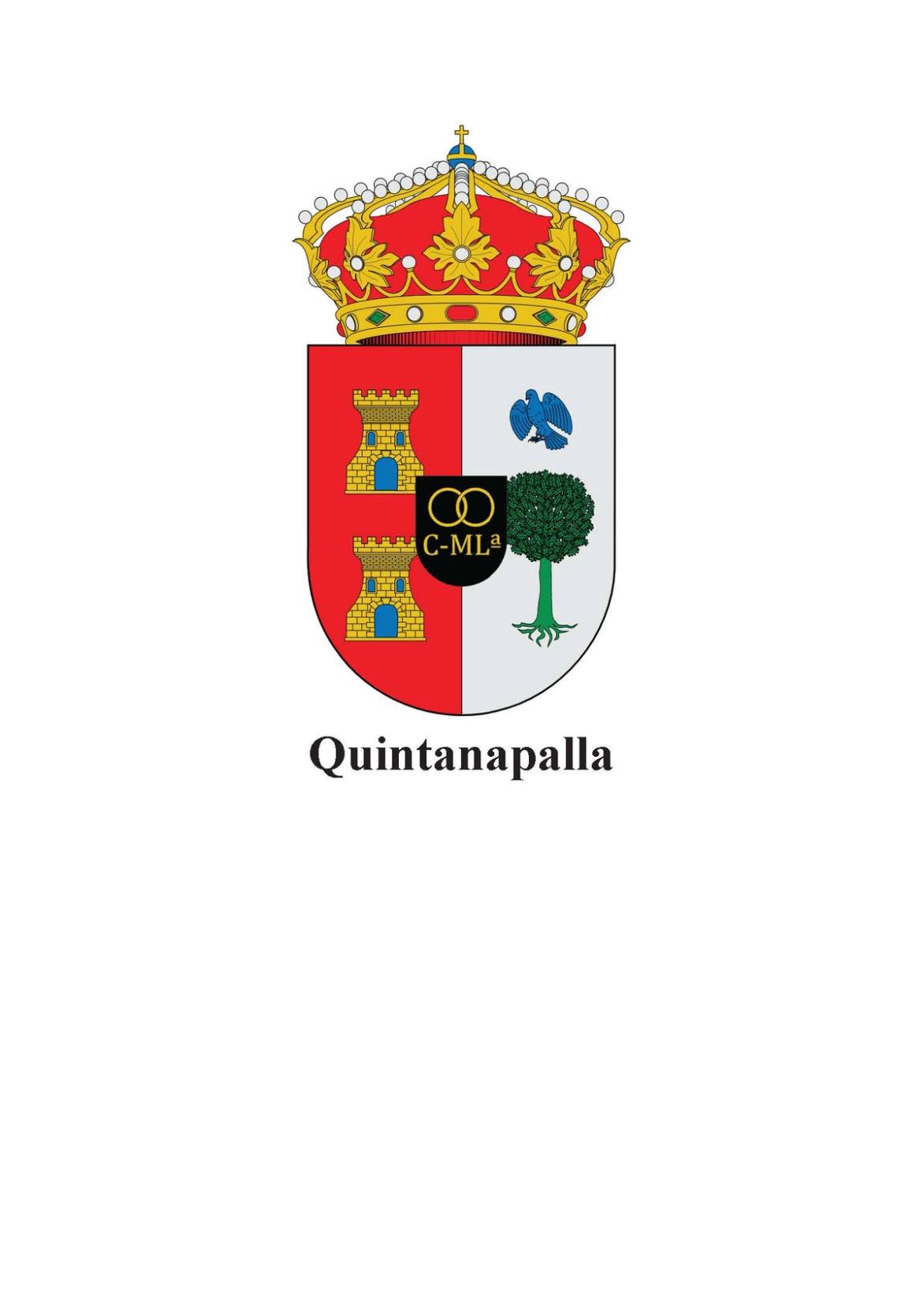
City Council — Land Life partnered up with the Quintanapalla City Council on this project
Quintanapalla City Council

Junta — Land Life partnered up with the Junta of Castile and León on this project
The Junta of Castile and León
More post-wildfire projects
Spring Creek Fire, Colorado
Other Land Types
Case studies according to different land types and degradation causes.

